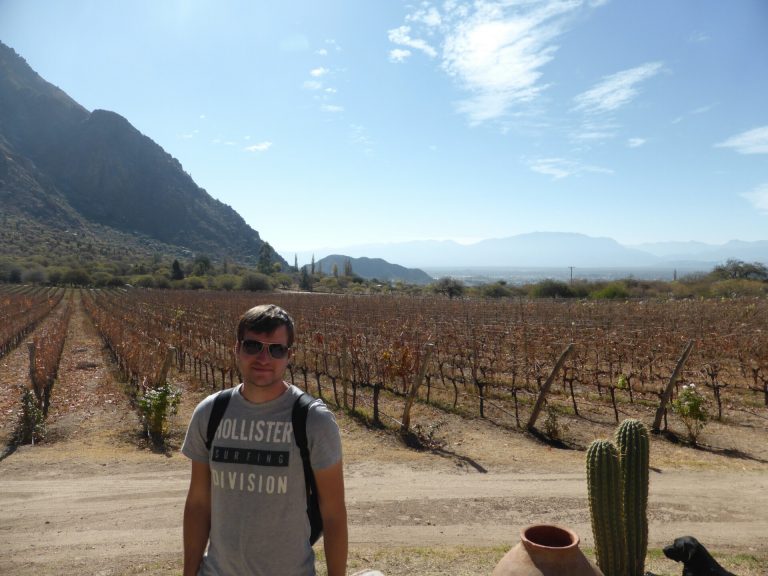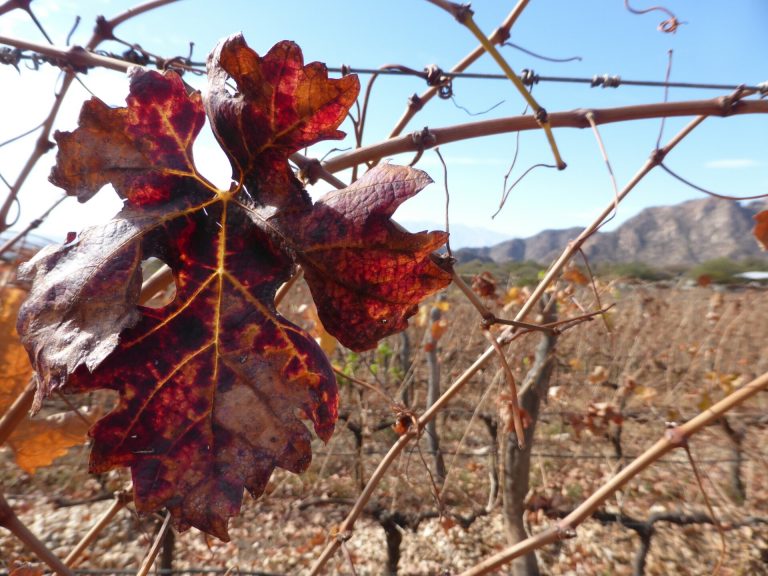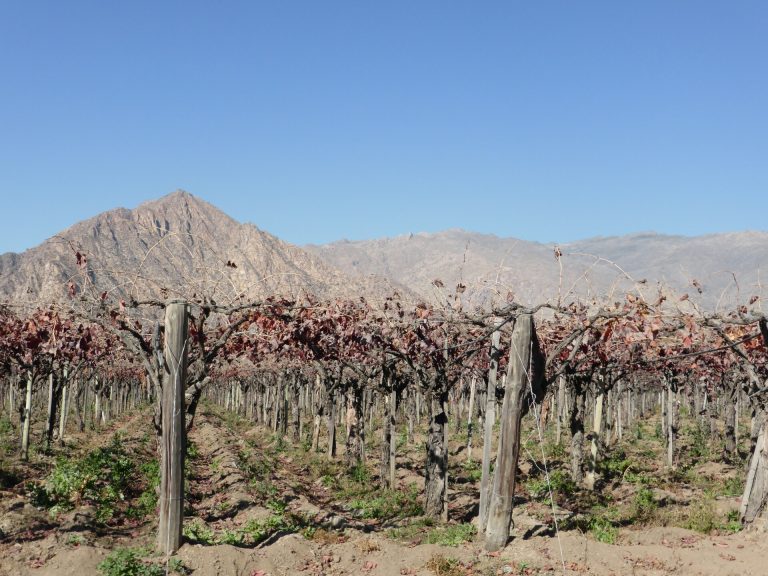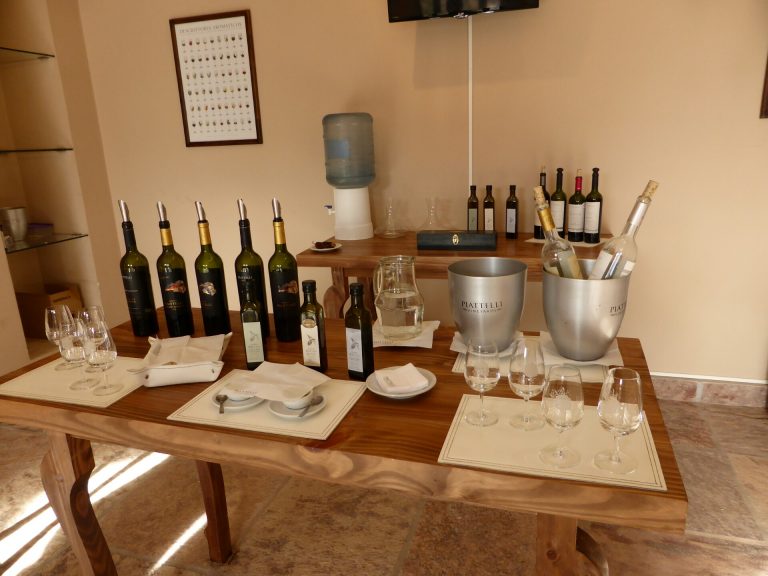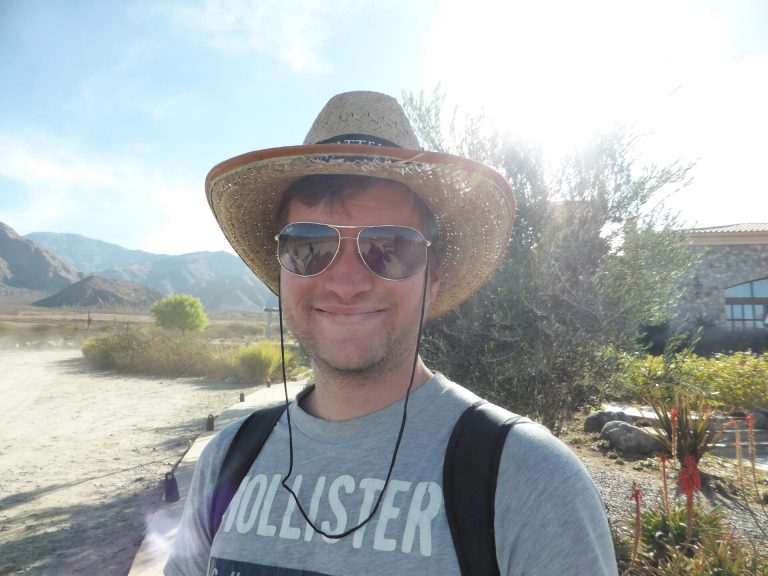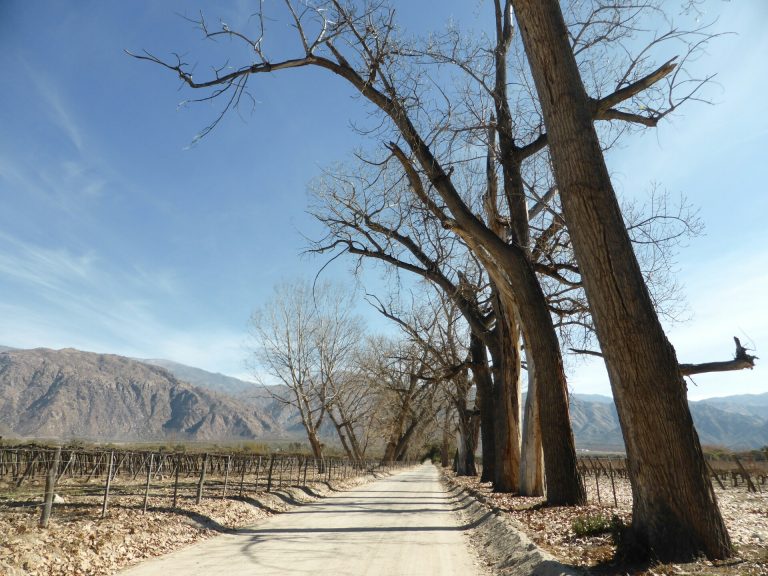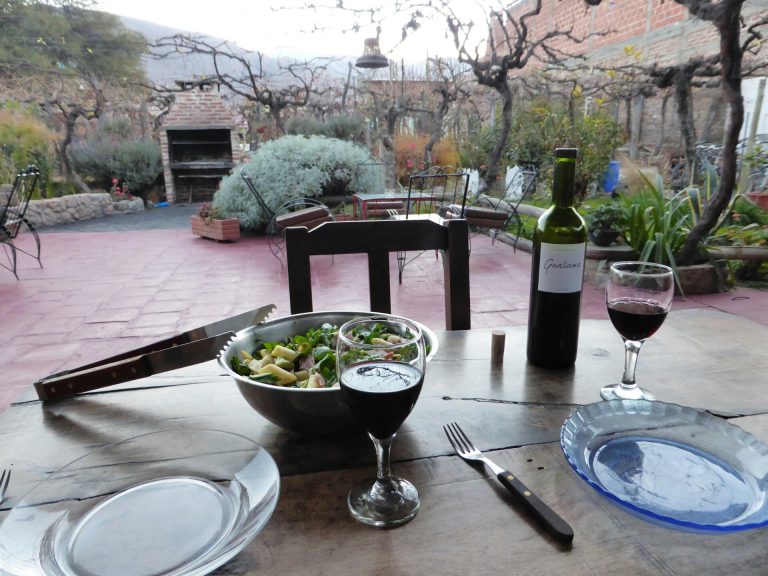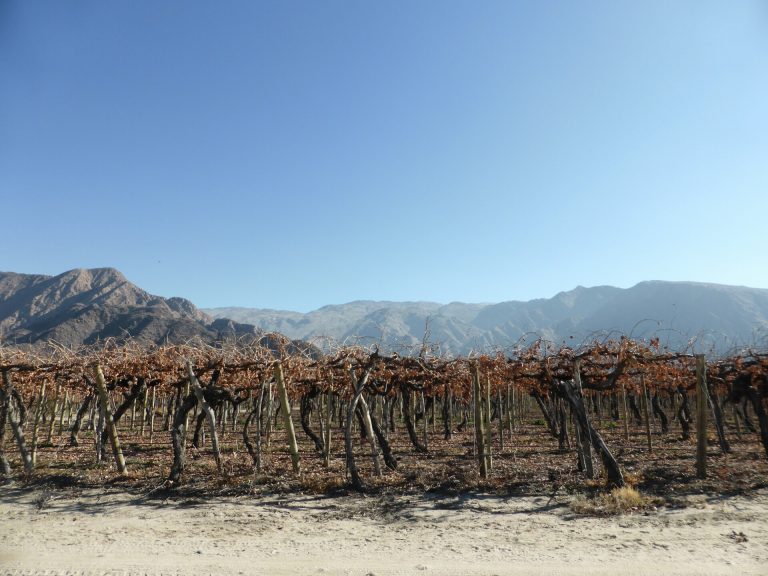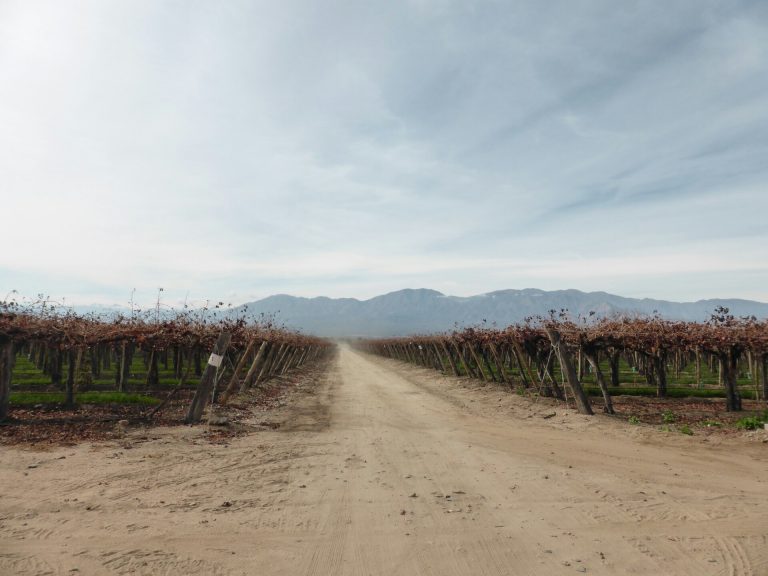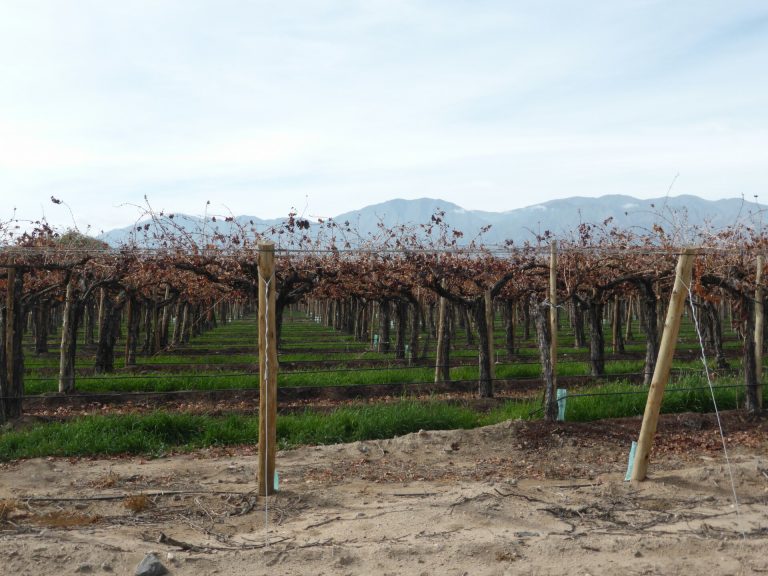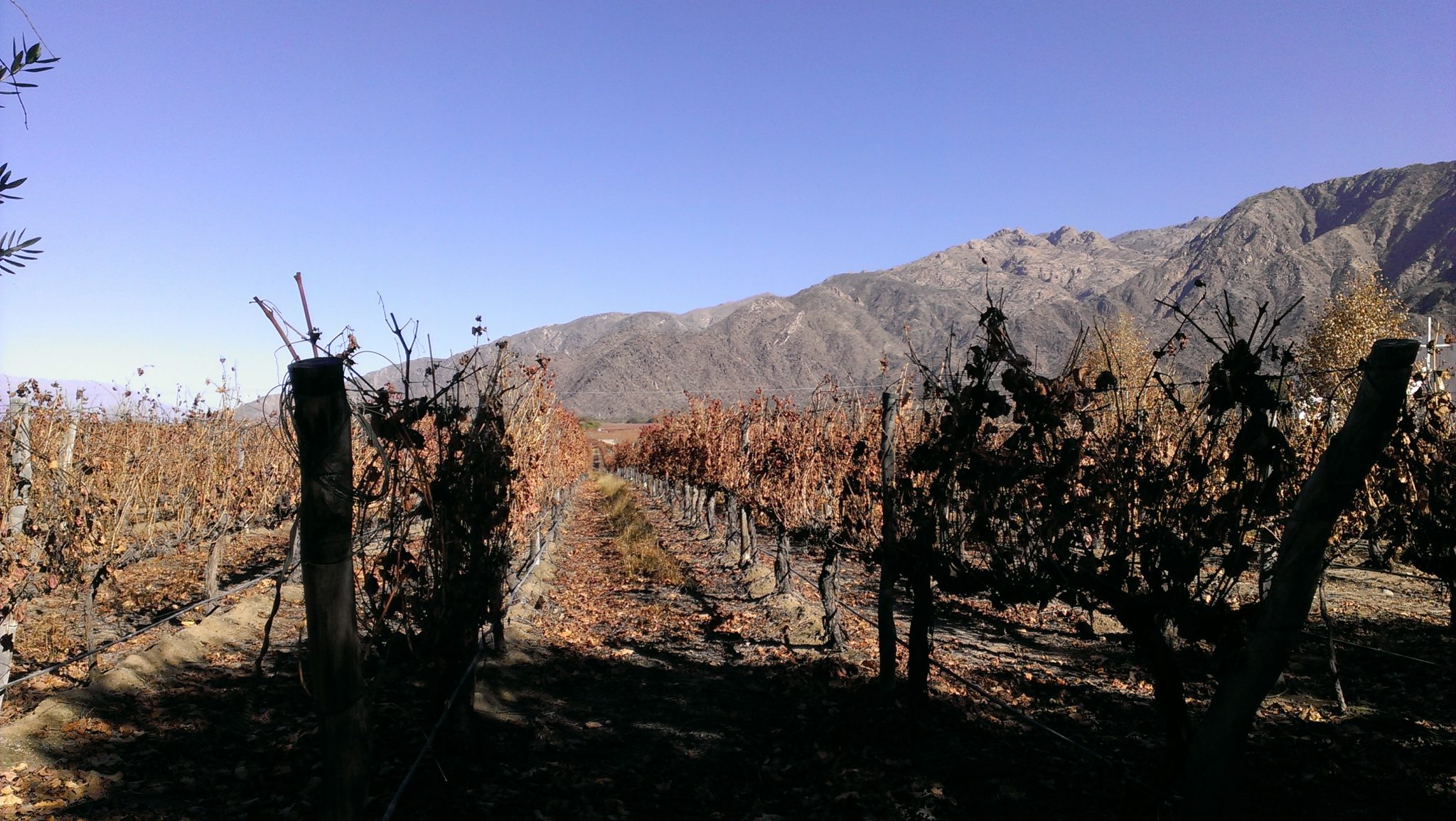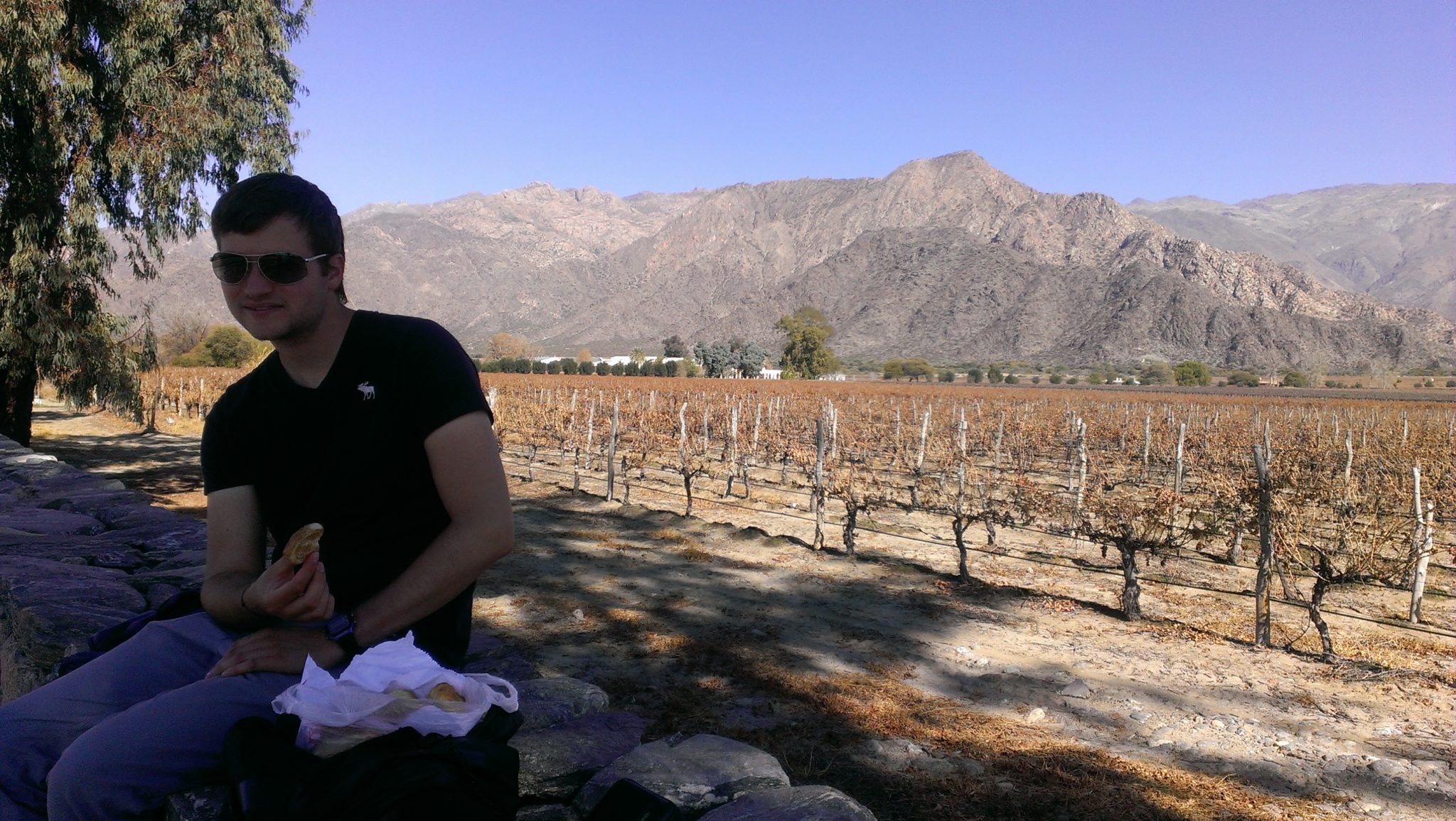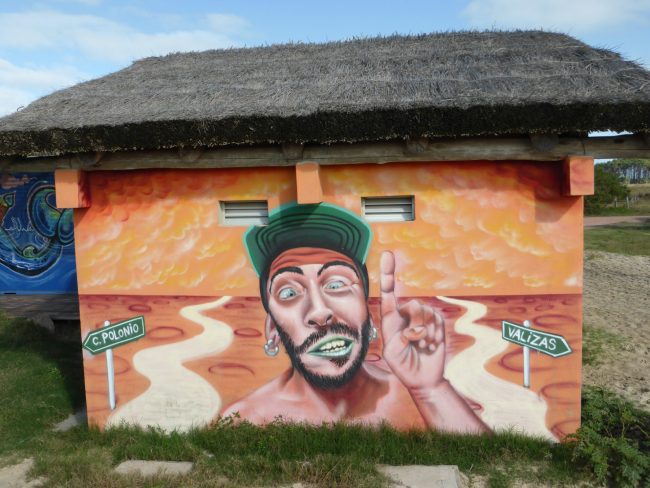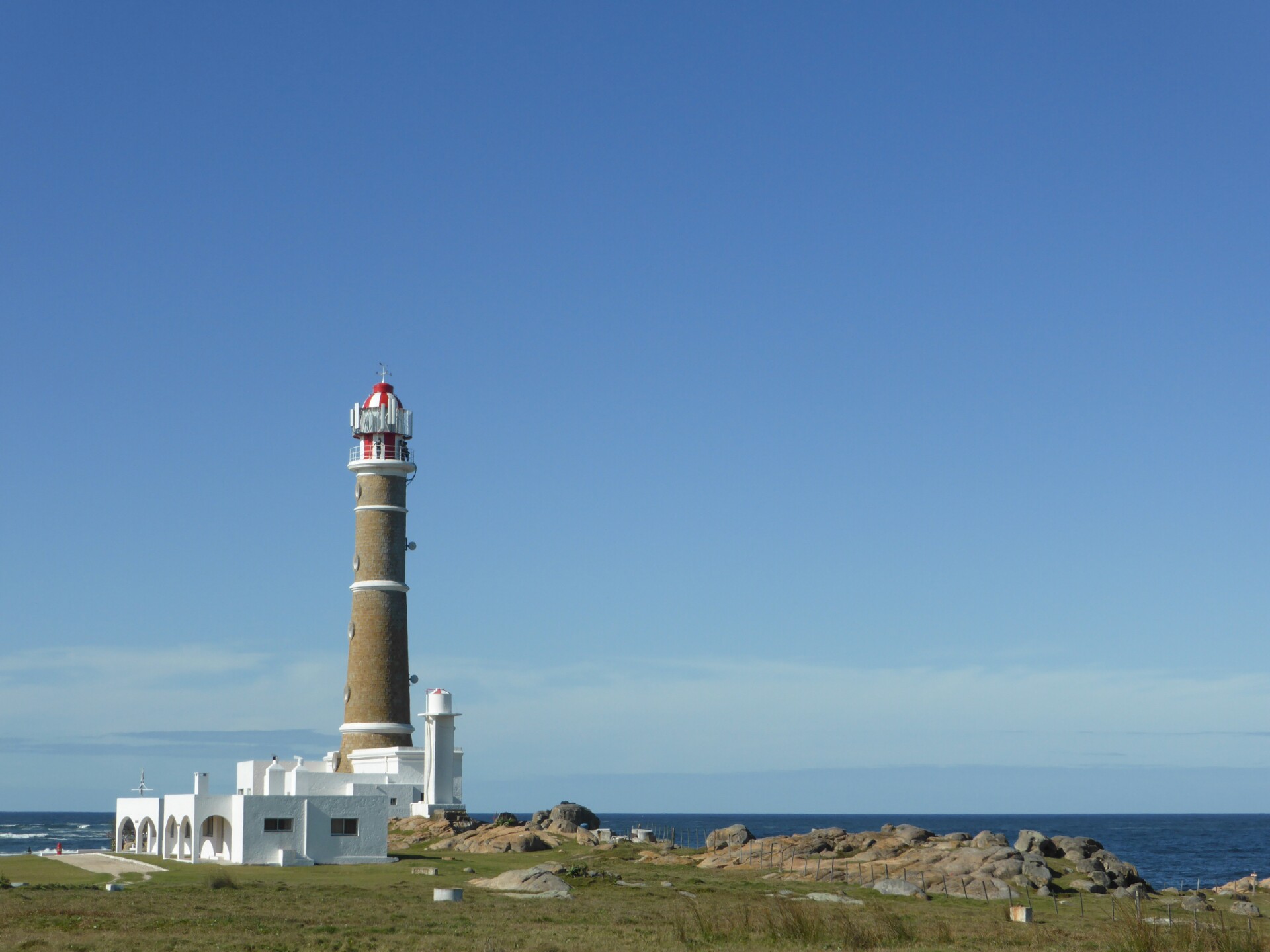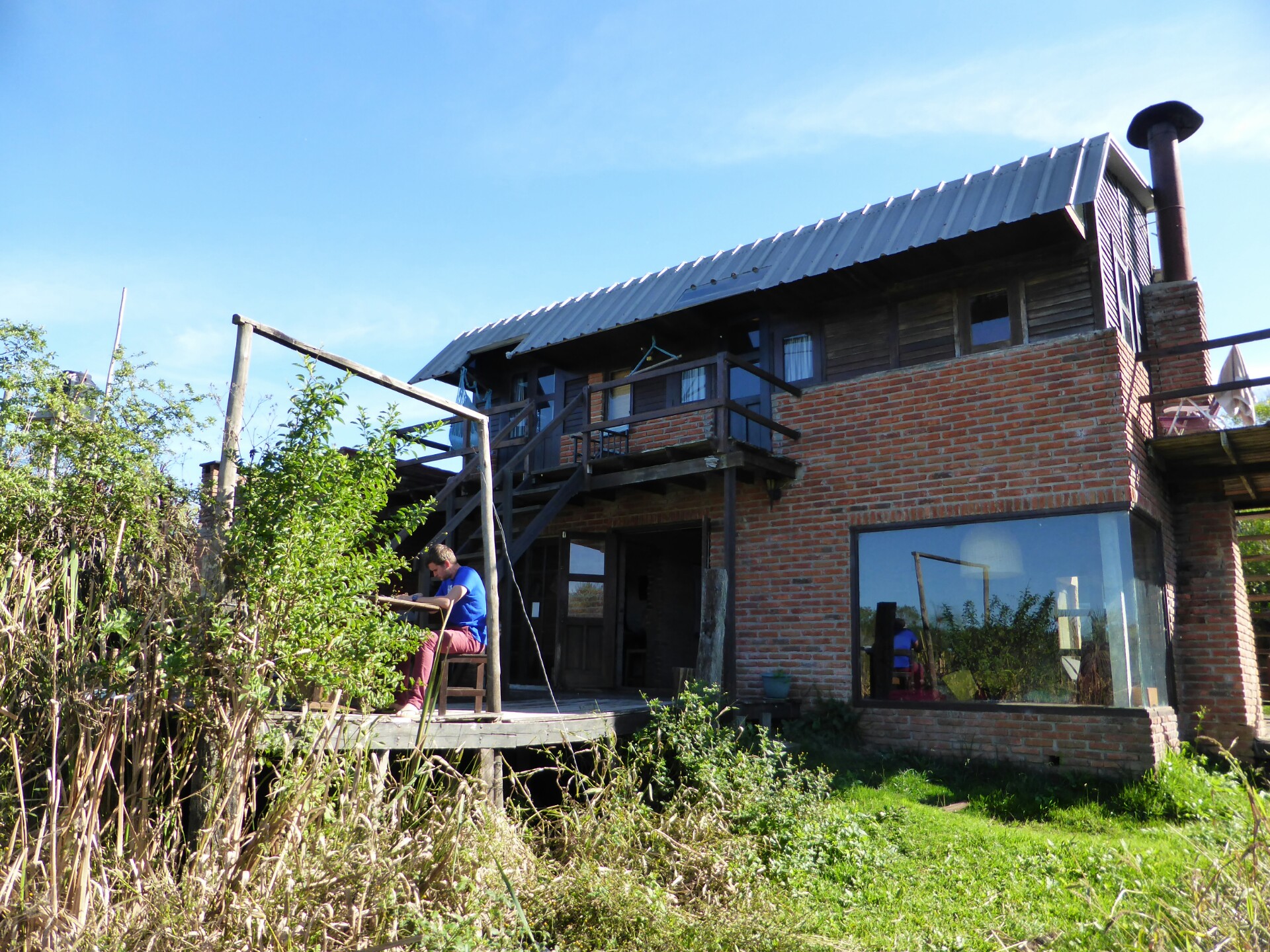After Argentina it definately feels like a relief that there are cheap countries in South America! And Bolivia is one of them.
During our 49 days in Bolivia we spend a total of 2329 euro which means that our budget per day was 23.76 euro per person. And that including Jandirk's really intense spanish course for a month:)
Where did we go?
We entered Bolivia from Argentina going first to Tupiza later on a 4-day tour to Uyuni. Afterwards we stayed for over a month in Sucre where Jandirk took an intense spanish course. Later we continued to La Paz and to Copacabana at the coast of famous Lake Titicaca.
How did we travel?
We travelled mostly by local buses which were very, very cheap. In total on buses we spent only 129 euro. They were not very comfortable as Bolivians have a different definition of full so they try to put as many kids and people as possible also when it means that you will have kids and adults in between your legs. But Bolivia is generally small and so the bus trips don't take that long and they are quite entertaining:)
Example: Bus from Sucre to La Paz was 80 bolivianos (around 10.40 euro) and it takes around 12 h, bus from La Paz to Tiwanaku was 15 bolivianos (around 1.95 euro) for 1.5 hour trip.
Where did we stay?
On accommodation we spend 583 euro spending 10 days in private rooms and the rest in dormitories. The differences in prices between the cities were not really that big (night in a dormitory was around 35-45 bolivianos per person so around 5-6 euros). In more rural area accomodation was even cheaper (on Isla del Sol we paid 25 bolivianos per person).
What did we eat?
We spend 652 euro on food, mainly cooking ourselves but we did eat out every now and then (definately more than in Argentina). We cooked a lot of quinoa and fresh vegetables and herbs, all of which are really cheap and easy to get on the local markets. We also didn't deny ourselfes local, extraordinary fruit.
We also went out for a few drinks, not too often and nothing extravagant.
Eating out: eating out is either cheap or super cheap. On Isla del Sol we ate a 2 course menu (soup and for main fish, rice and salade) for 25 bolivianos each (around 3.25 euro), in Sucre main course for dinner would be around 40-50 bolivianos (around 5.2-6.5 euro).
How expensive are museums, tours etc?
On tourism we spent 393 euro of which 344 euro was a 4-day excursion for us both to Salar de Uyuni, going through lagoons, mountains and hot springs. Entrance to Tiwanaku was 80 bolivianos per person (around 10.40 euro). Less known museums like textiles museums are around 22 bolivianos (around 2.86 euro)
How much does it cost to learn spanish in Bolivia?
Bolivia is definately one of the best countries to study spanish. Bolivians speak were clear and slow spanish and it's really cheap to take spanish lessons. Jandirk took an intense course (5 days per week, 4 hours per day) for a month for 363 euro.
An hour of spanish class: an hour of class starts with 25 bolivianos (around 3.25 euro) in local cafeterias and ends around 45 bolivianos (around 5.85 euro) for an hour in a school.
What else did we spend our bolivianitos on?
209 euro went for different kinds of medication as we were both a bit sick and I had an eye inflamation, we also washed our clothes a few times (around 9 bolivianos per kilo so around 1.17 euro). 520 bolivianos (around 67.61 euro) went for our new day pack.
P.S. Exchange rate used 1 EUR = 7.69 BOB
If you have any questions or you would like to take a look at our spreadsheet, let us know:)
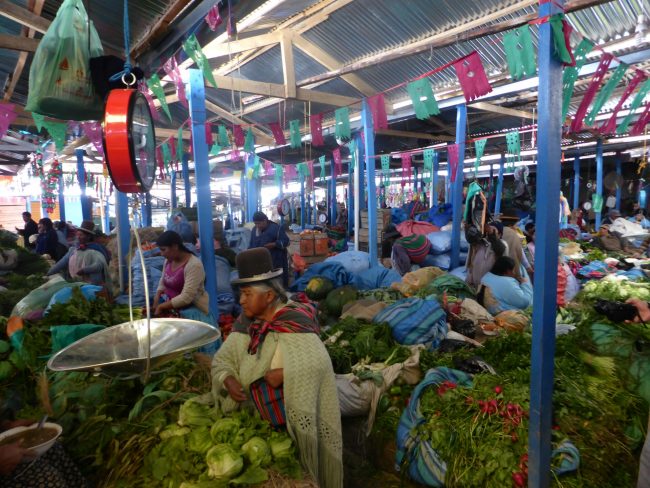
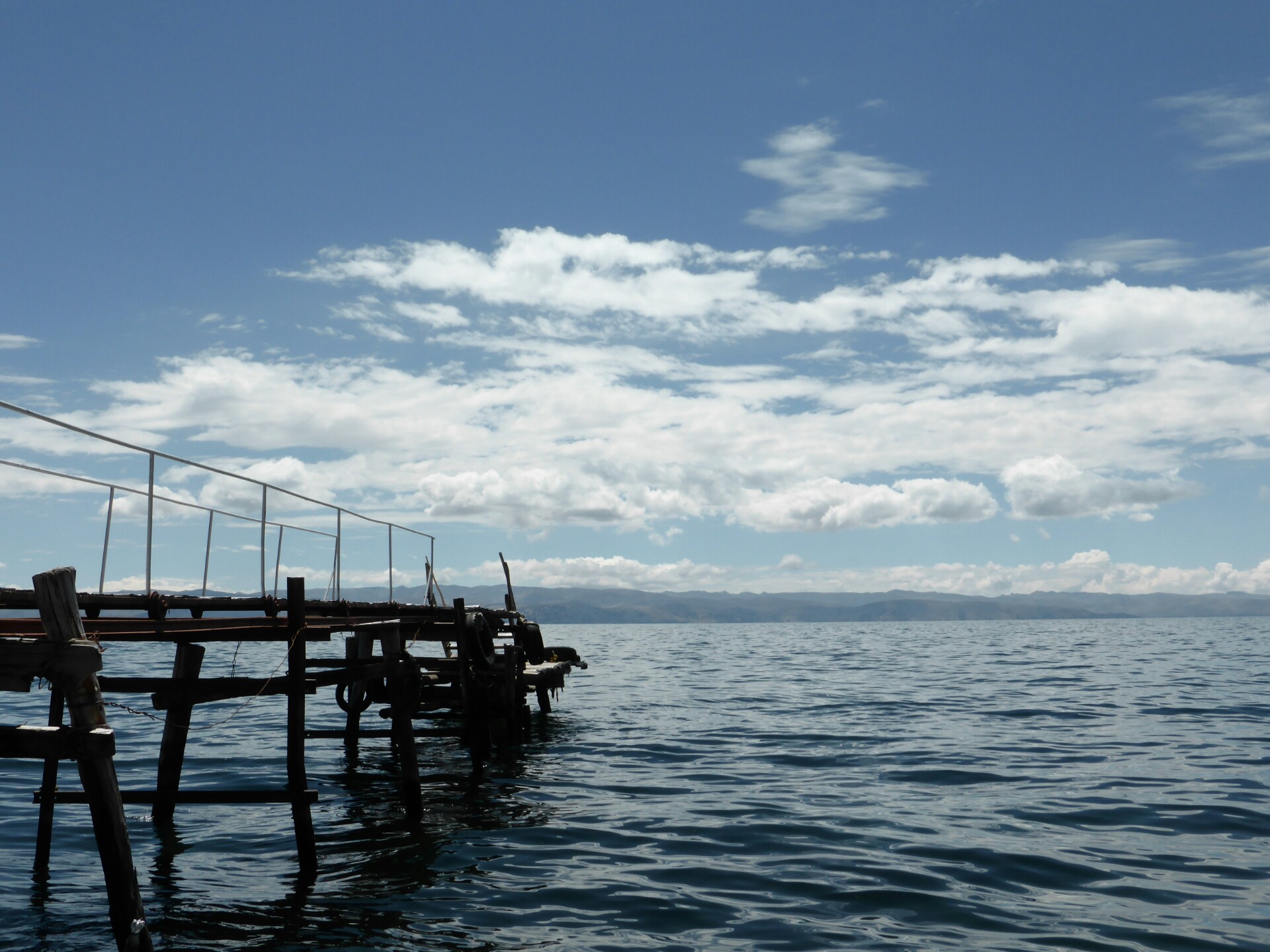
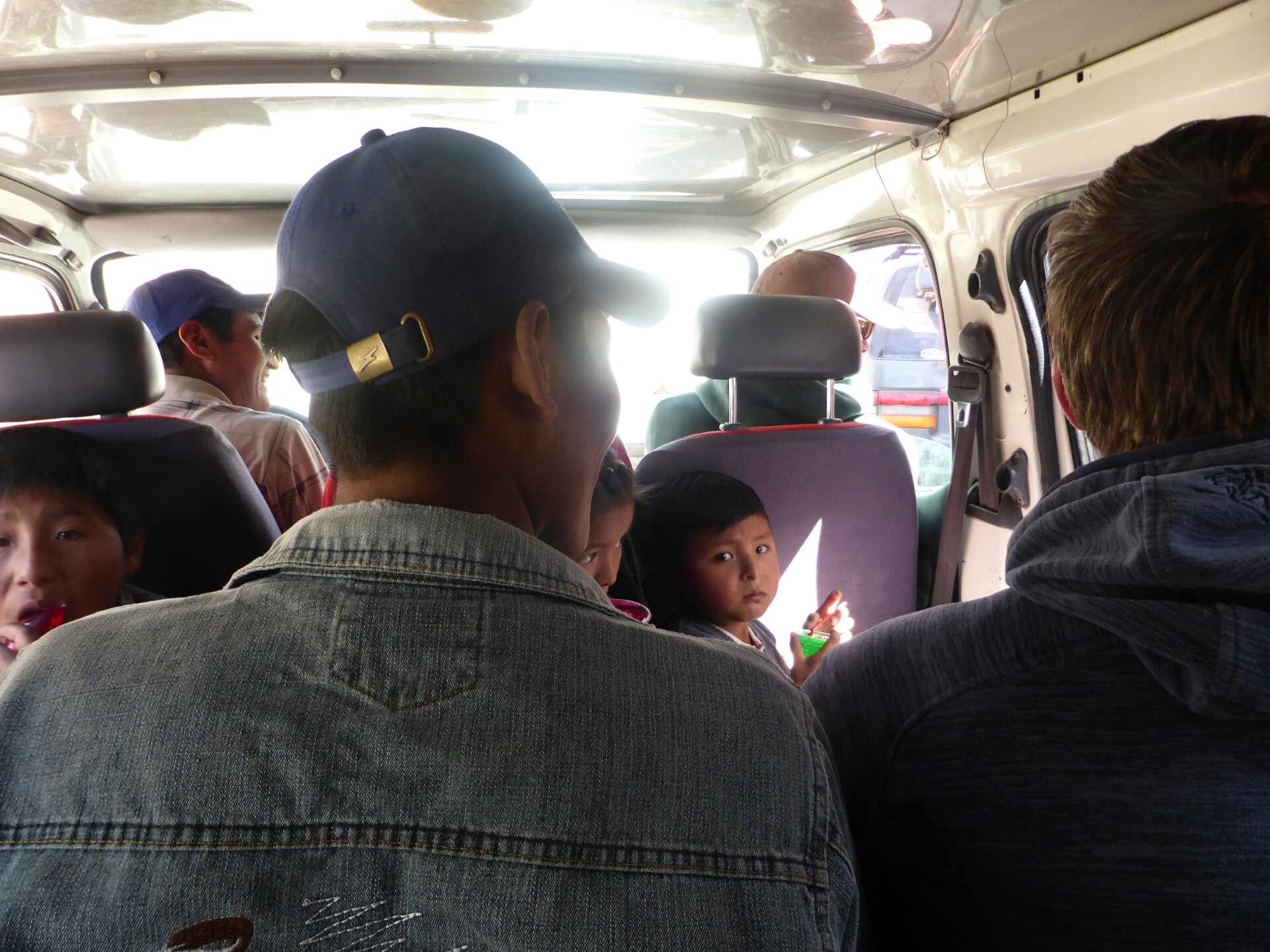
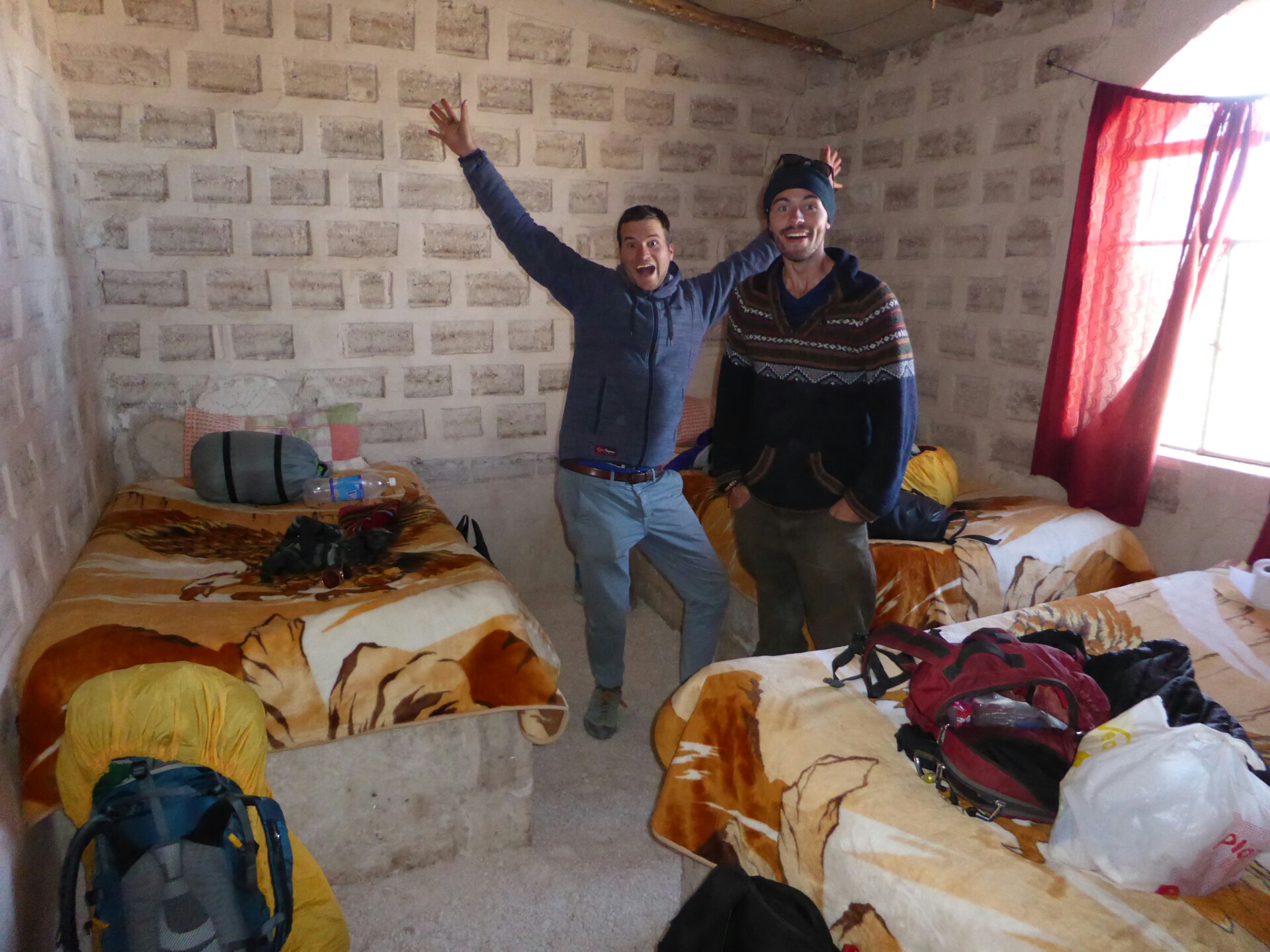
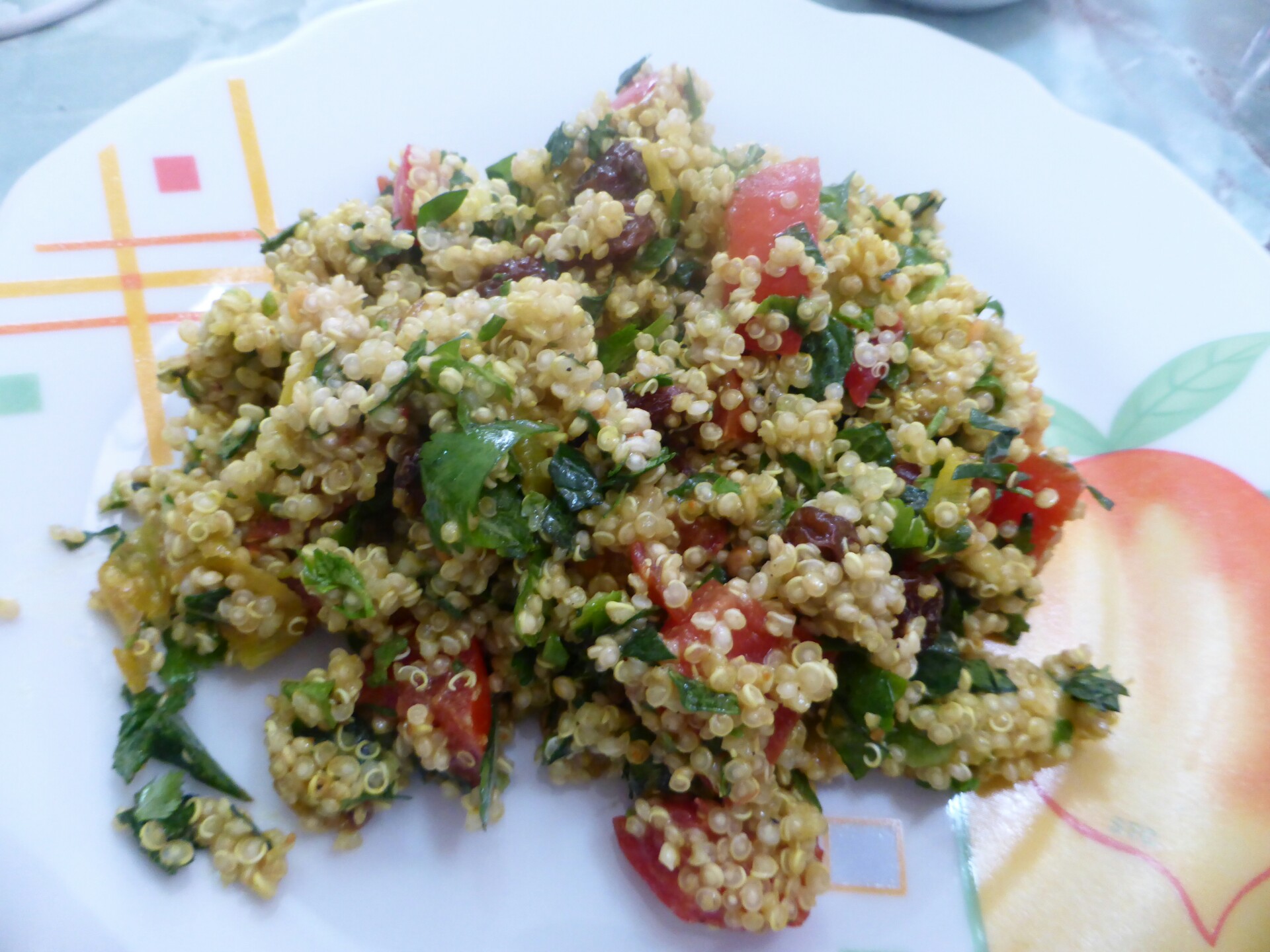
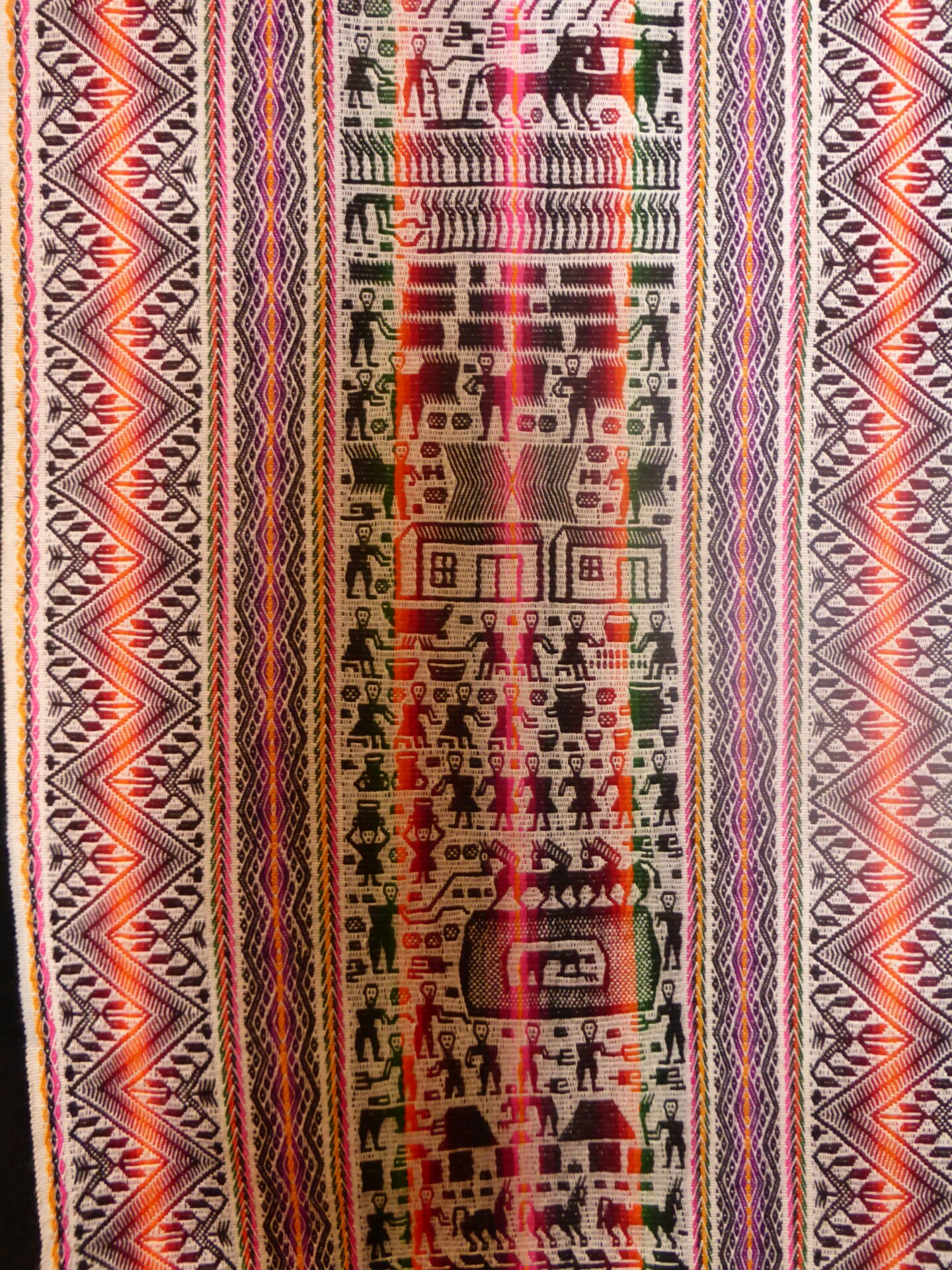
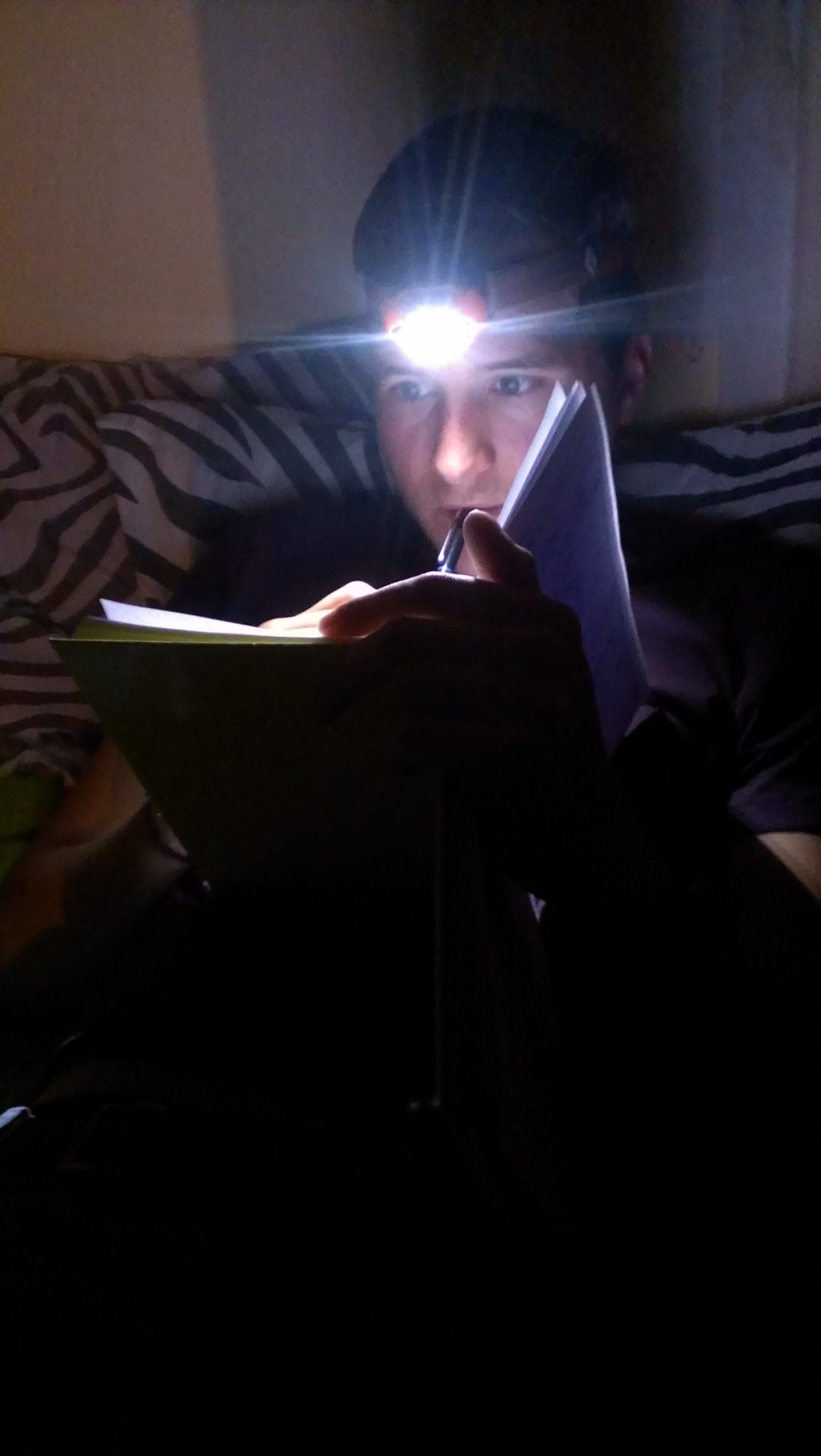
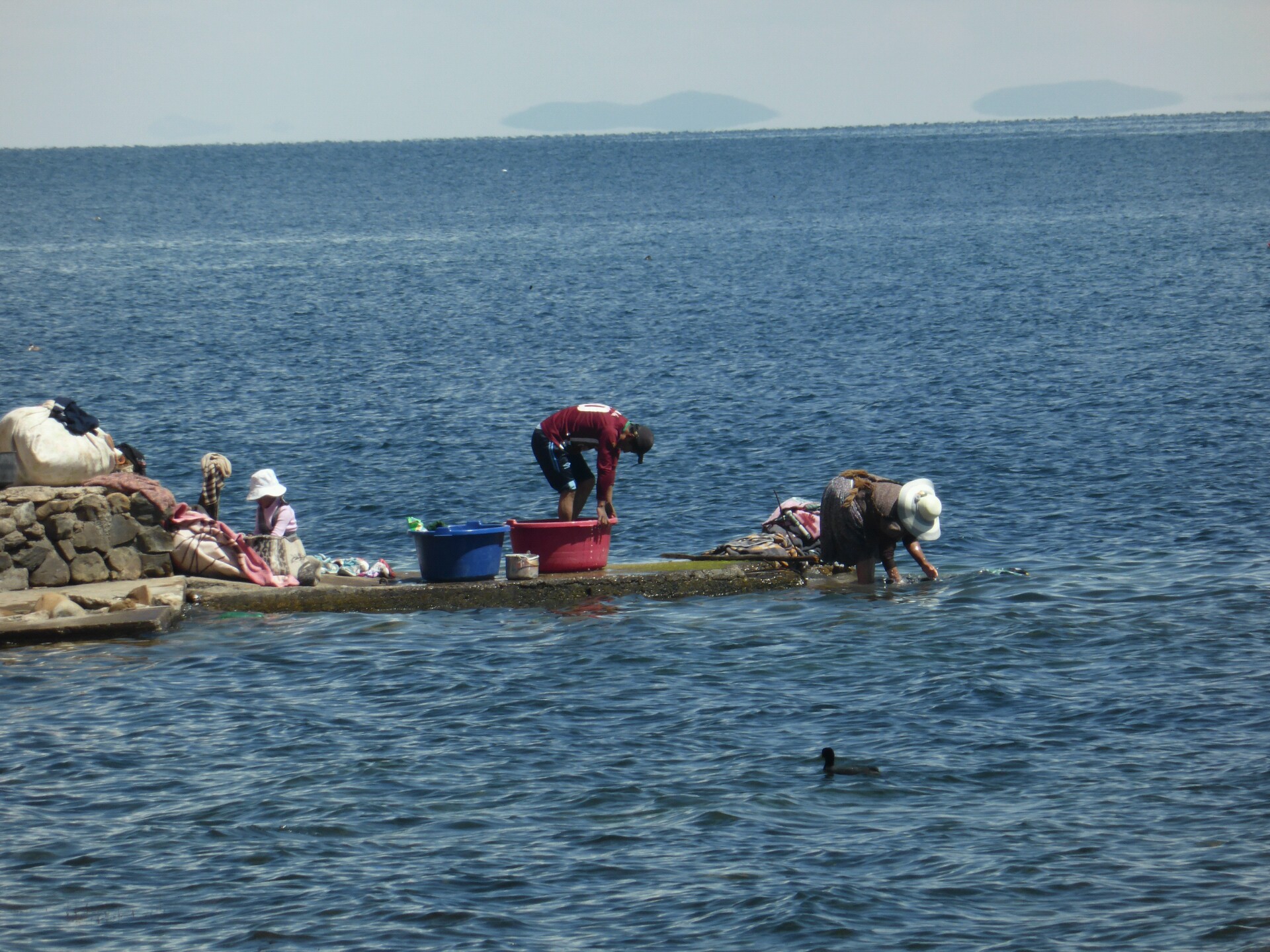
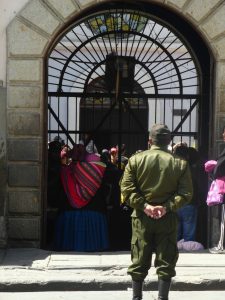
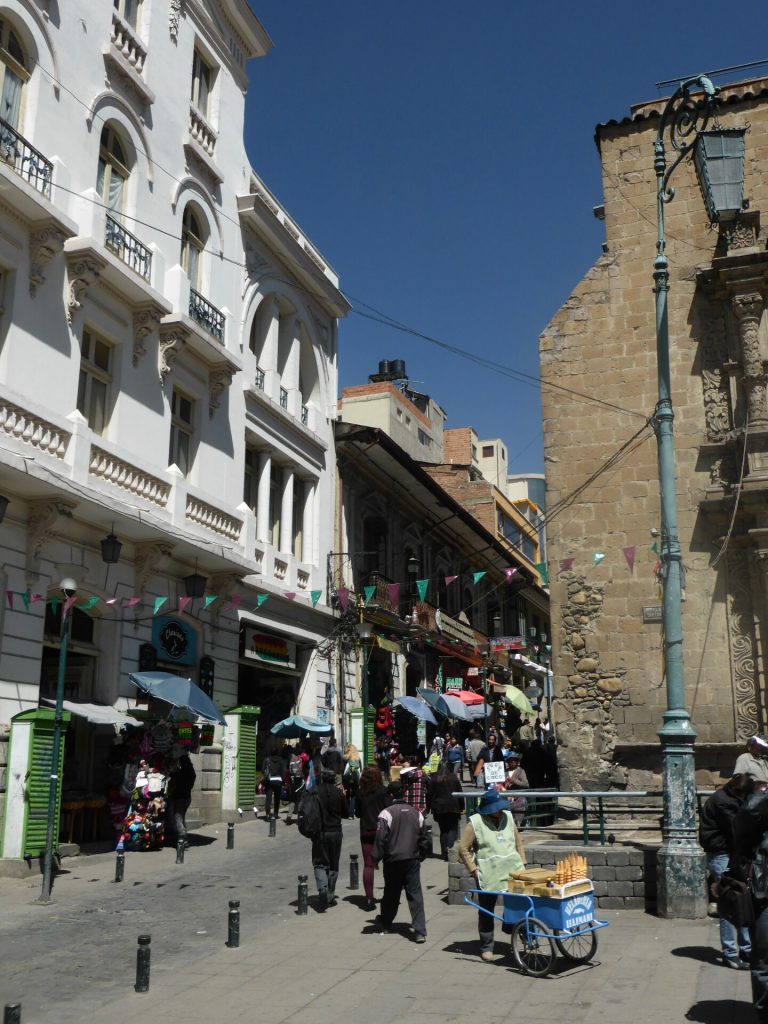
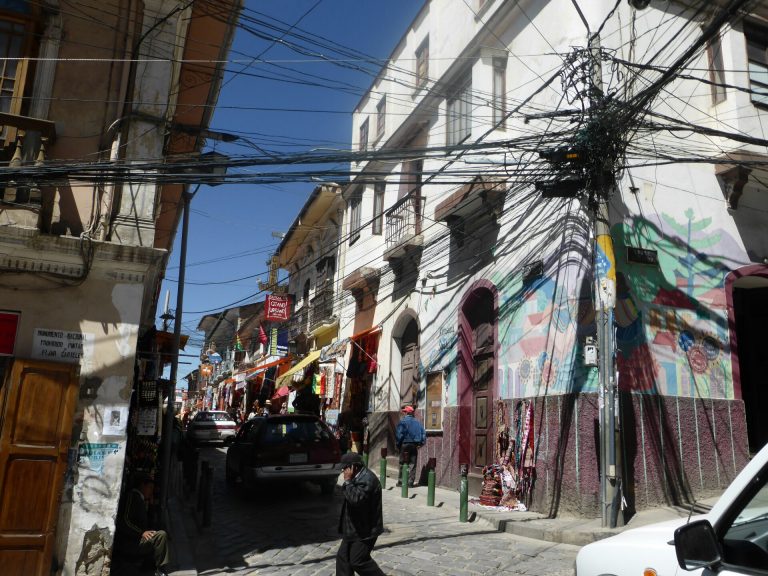
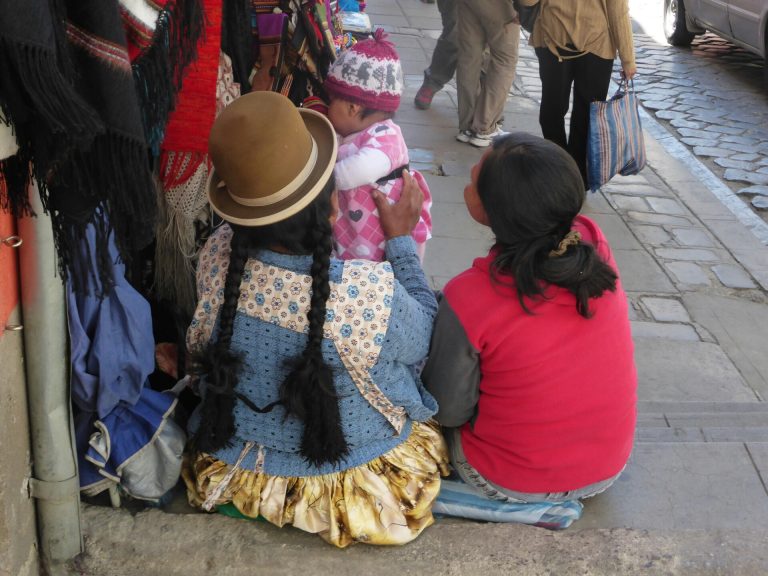
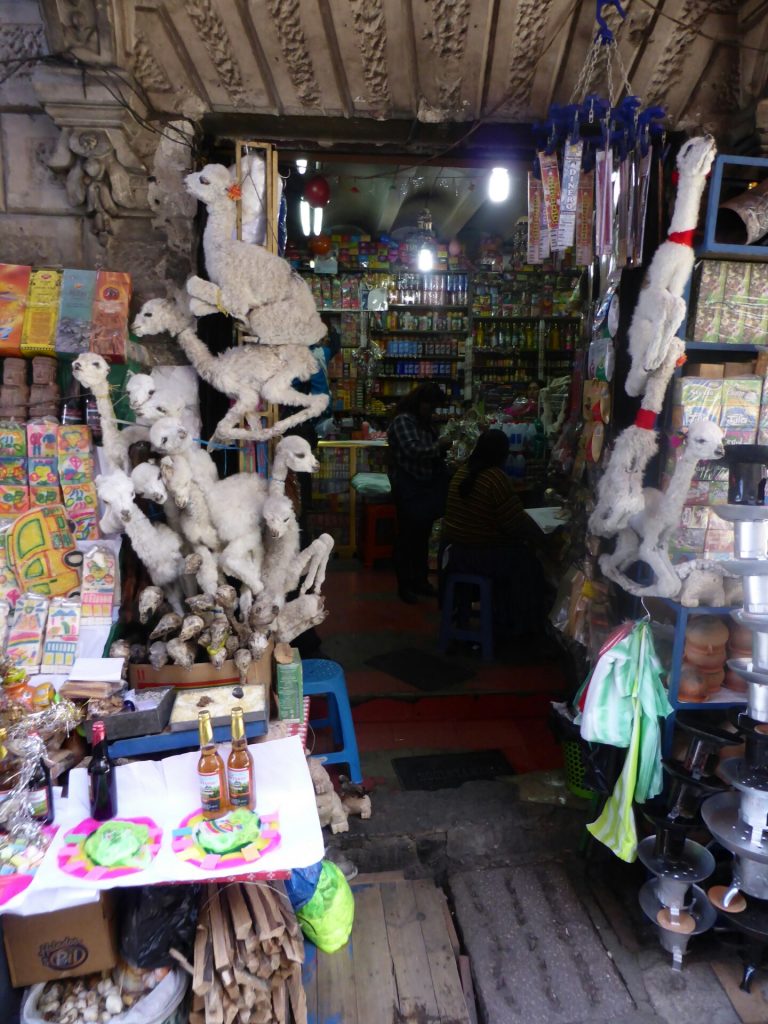
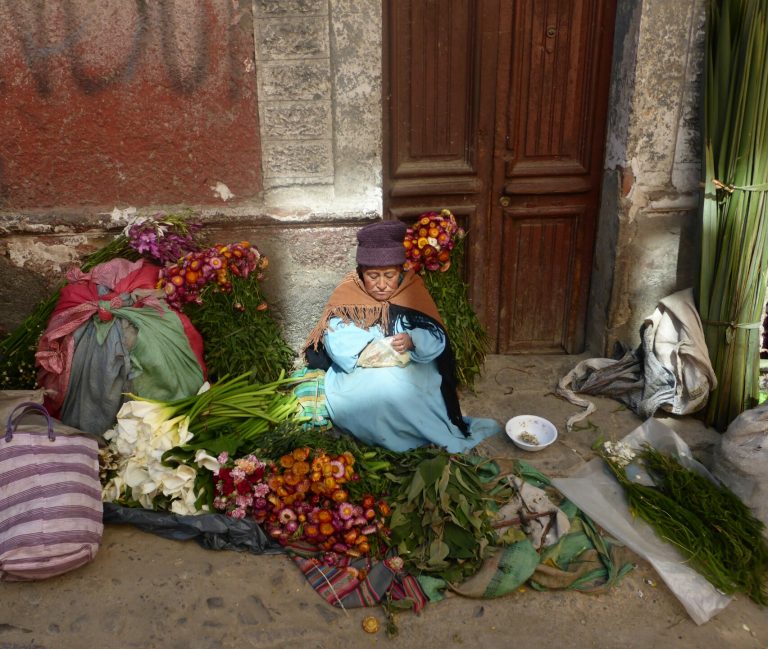
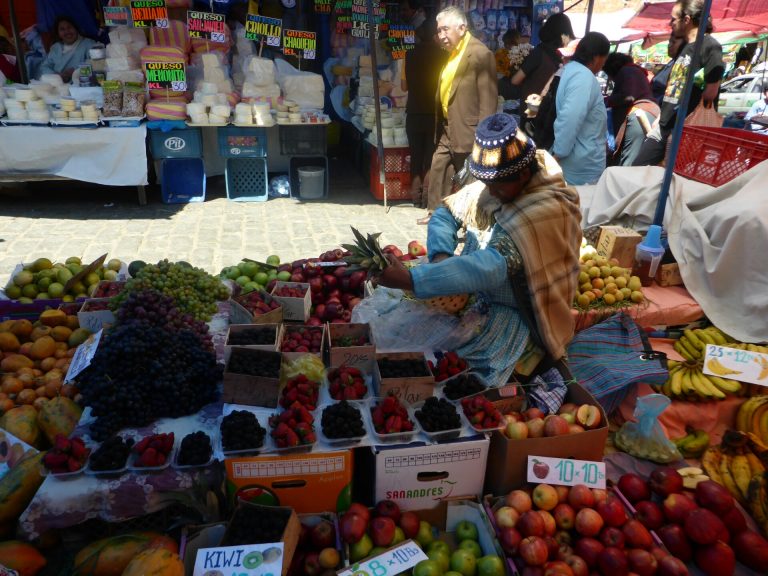
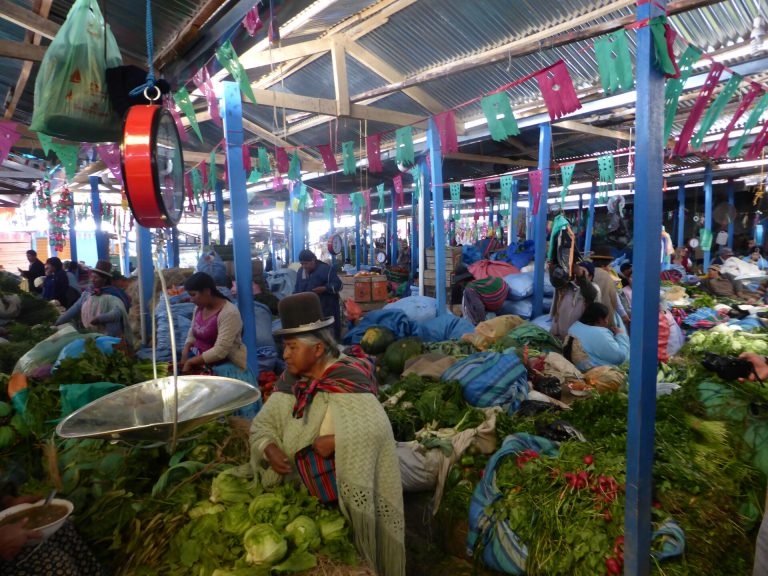
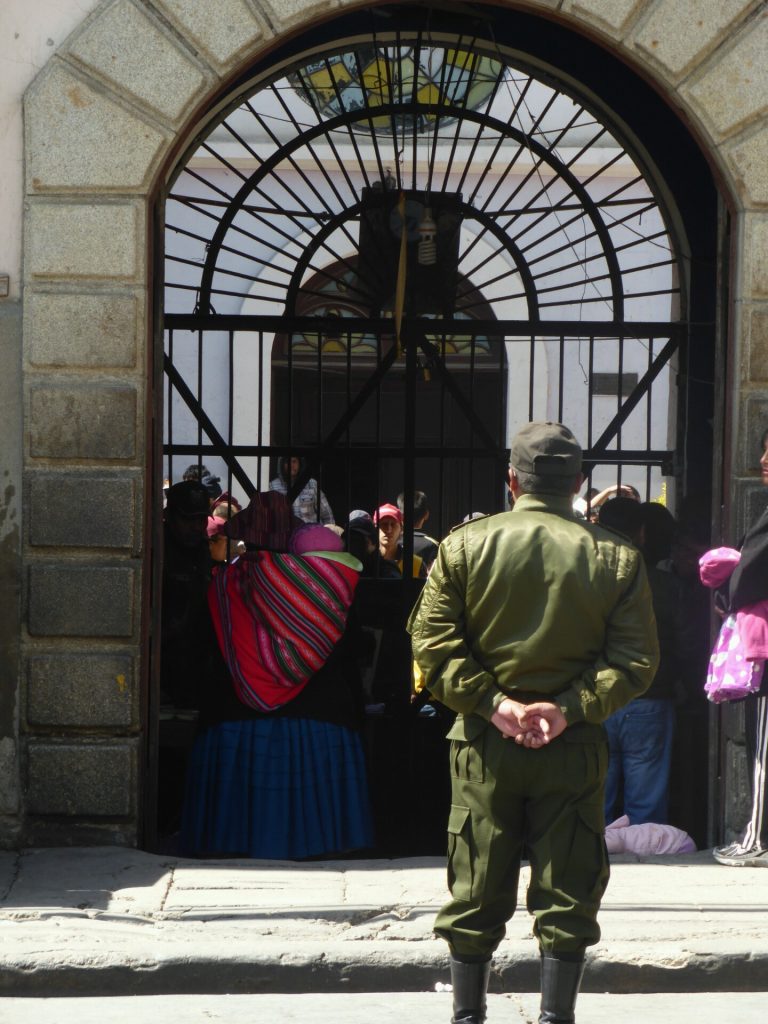
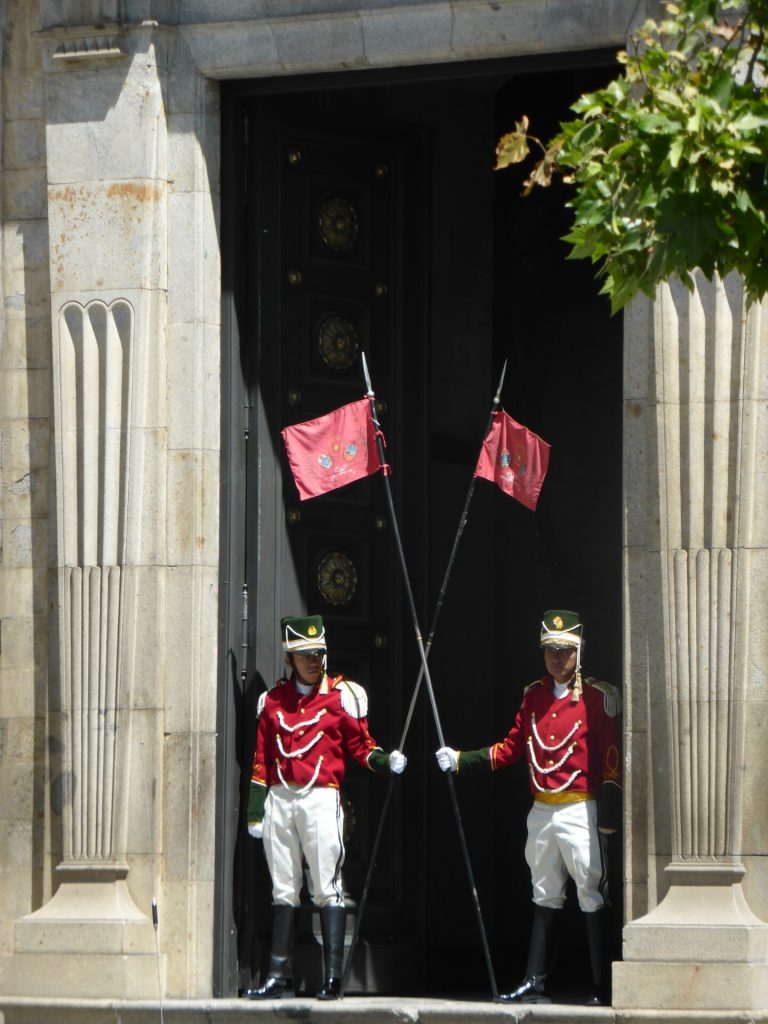


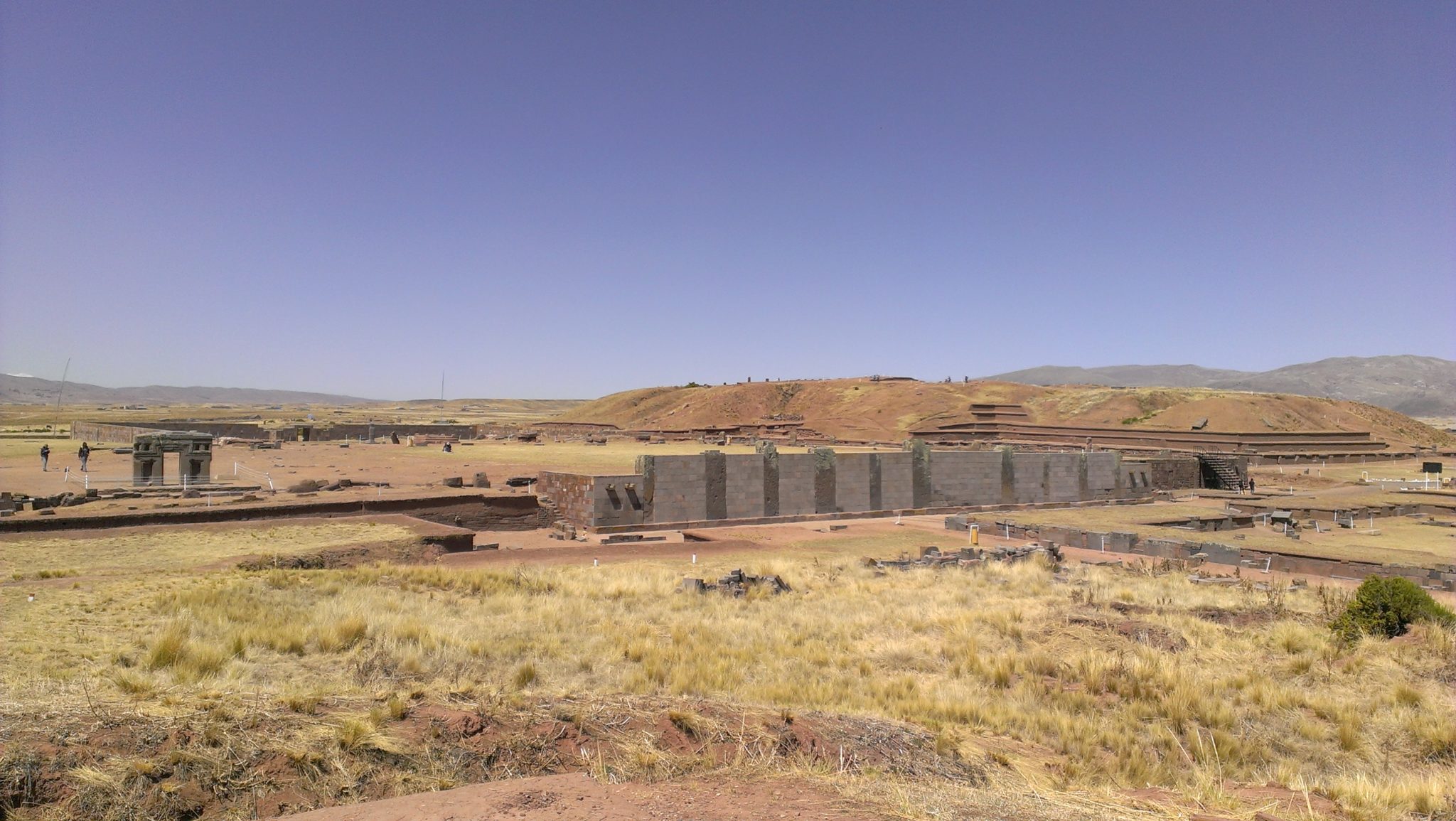
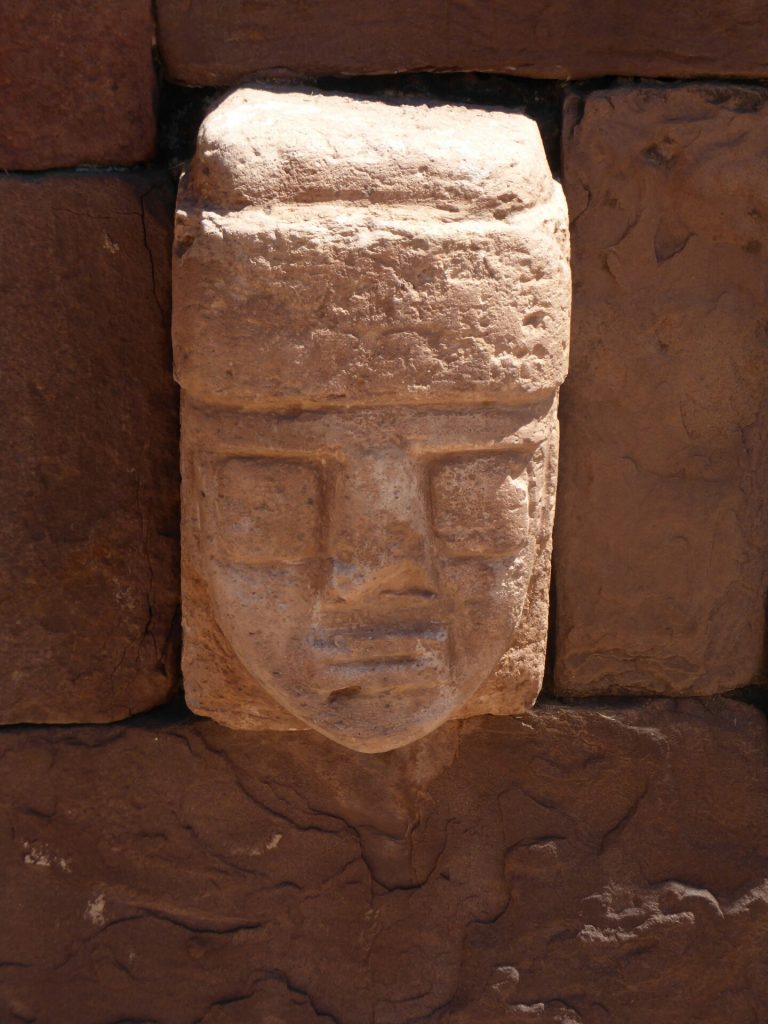
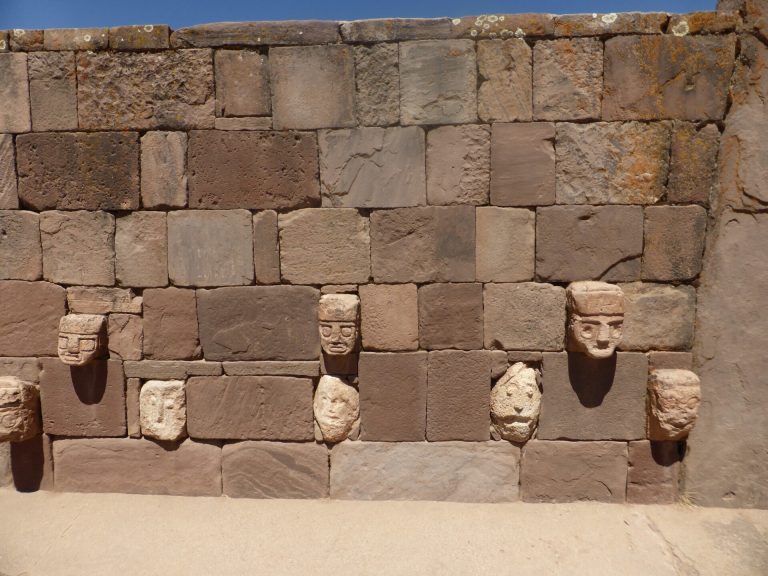
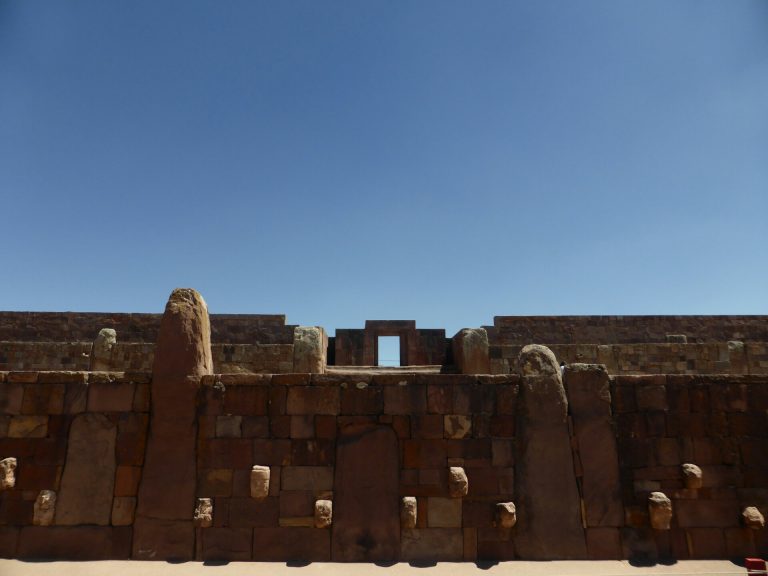
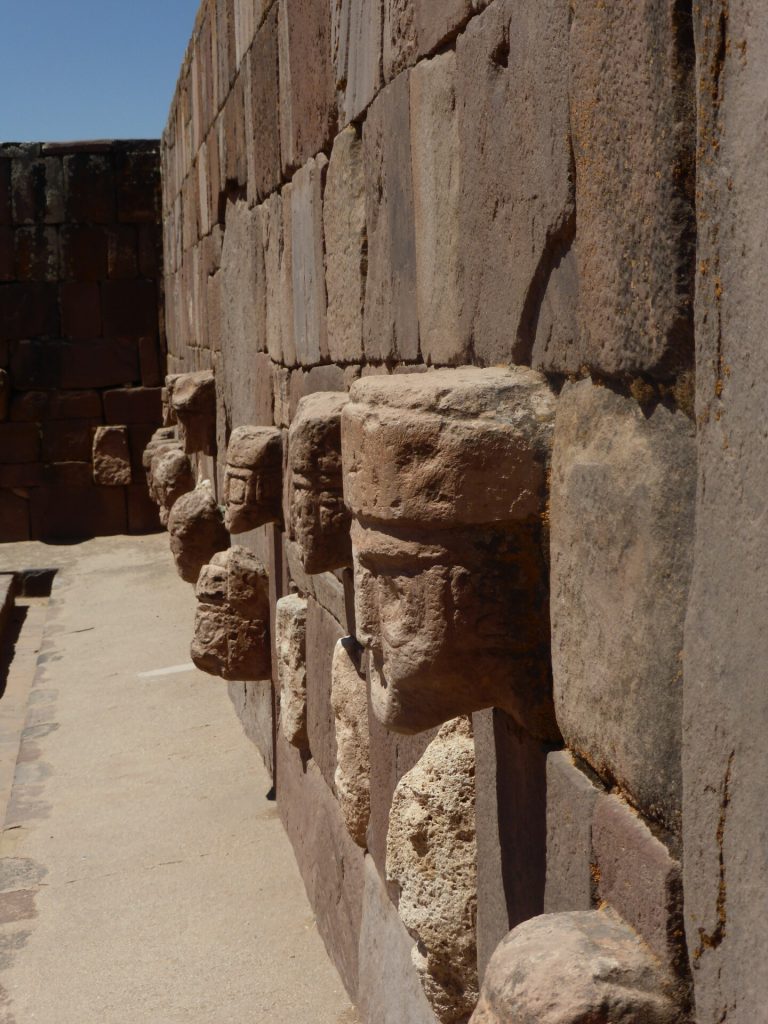
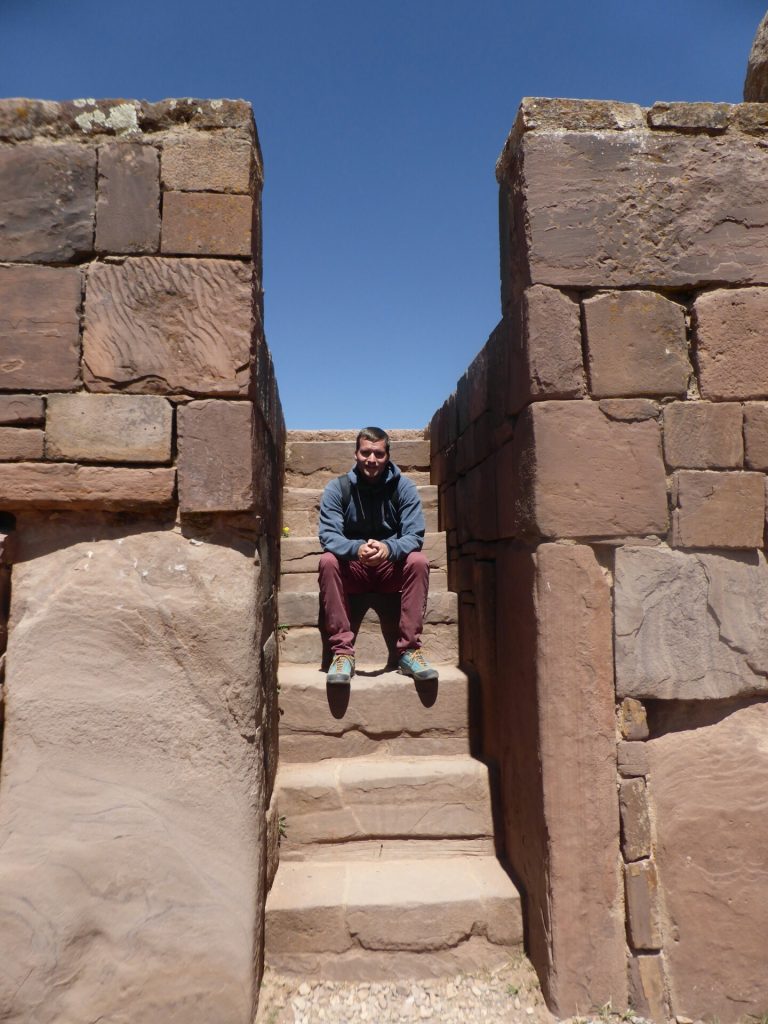
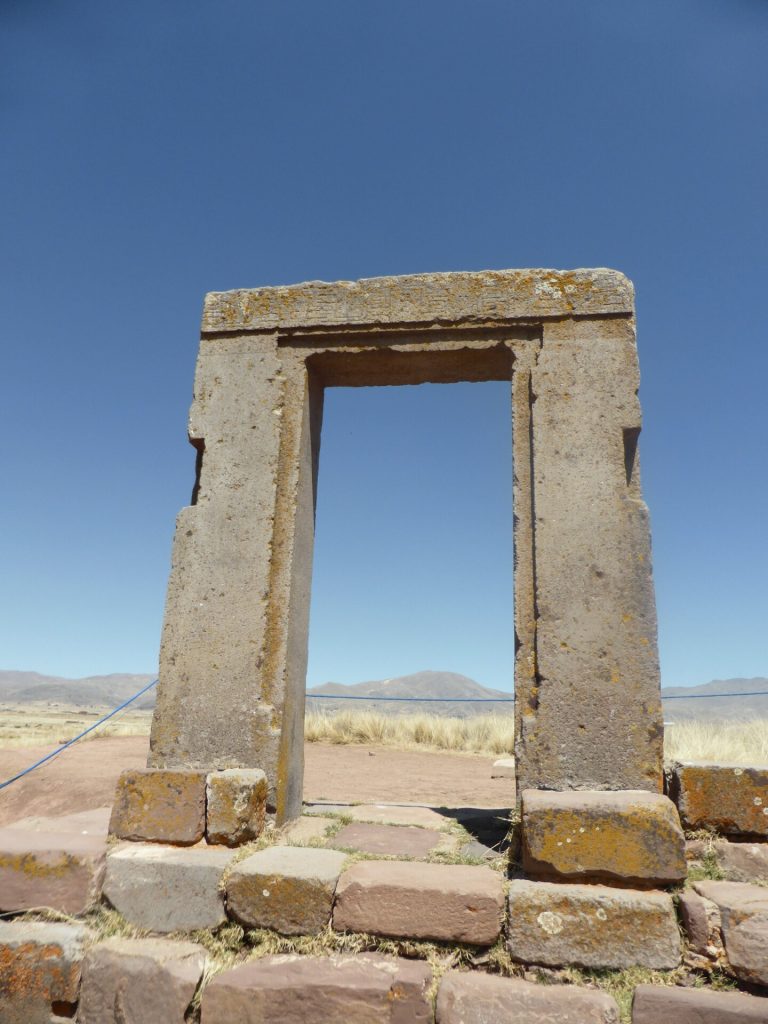
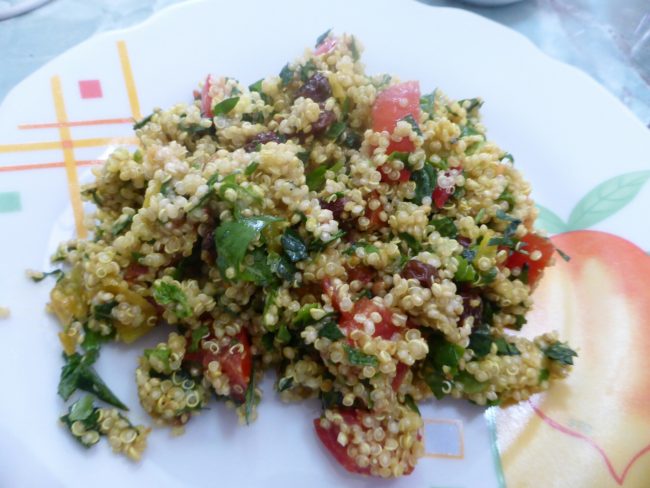
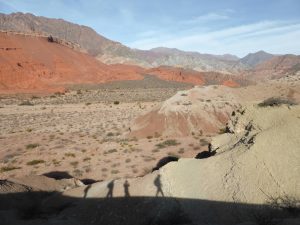
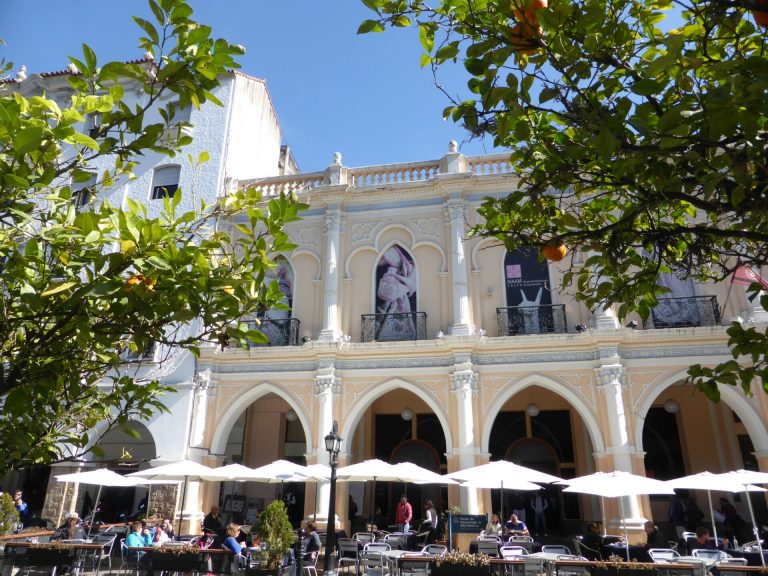
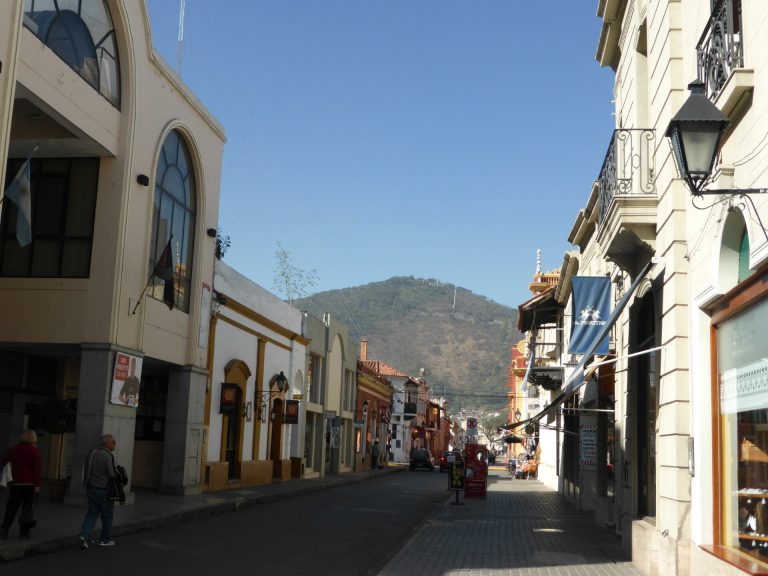
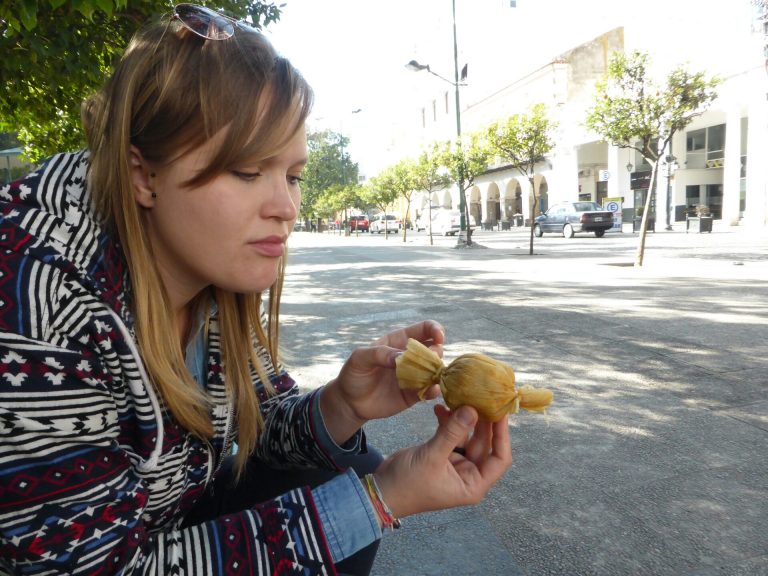
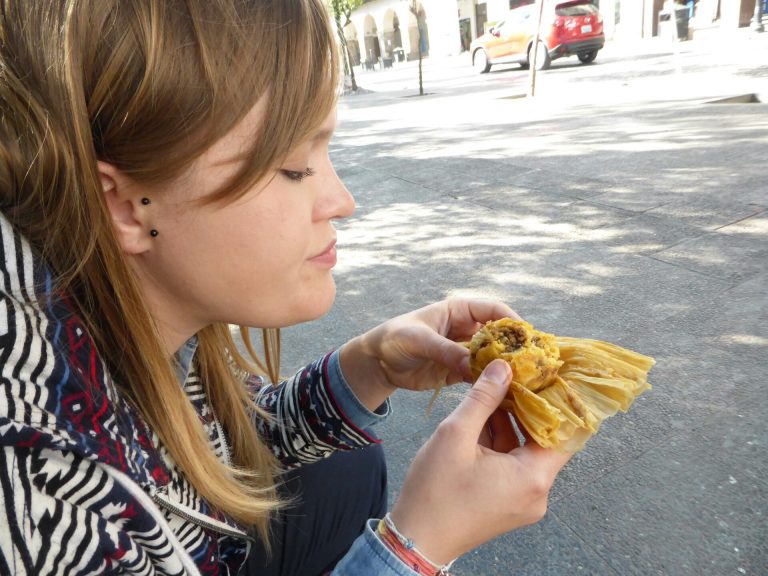
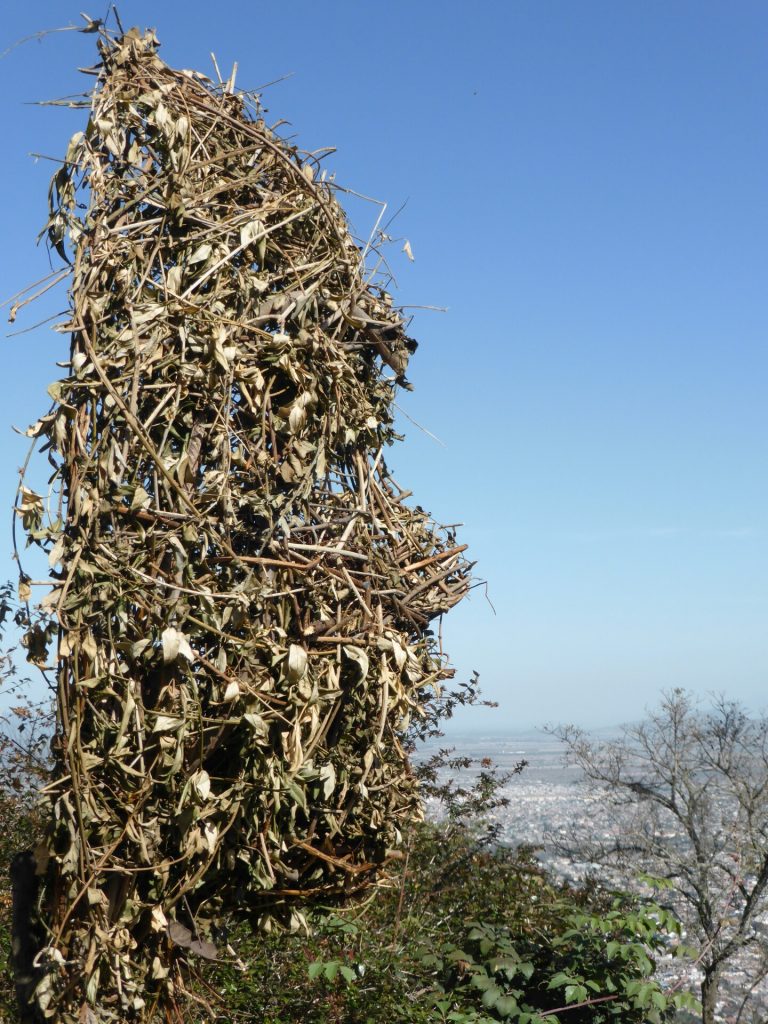

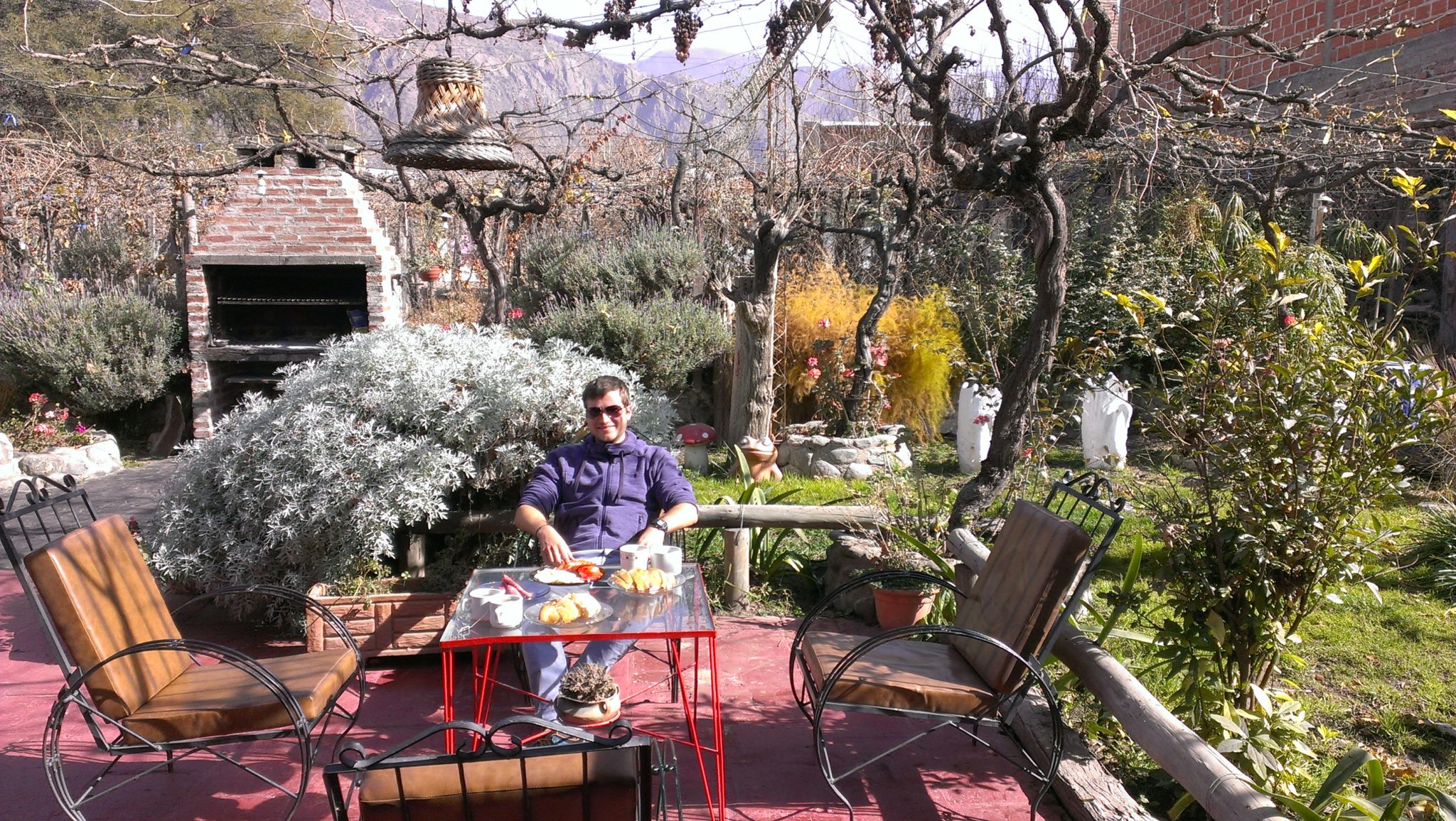

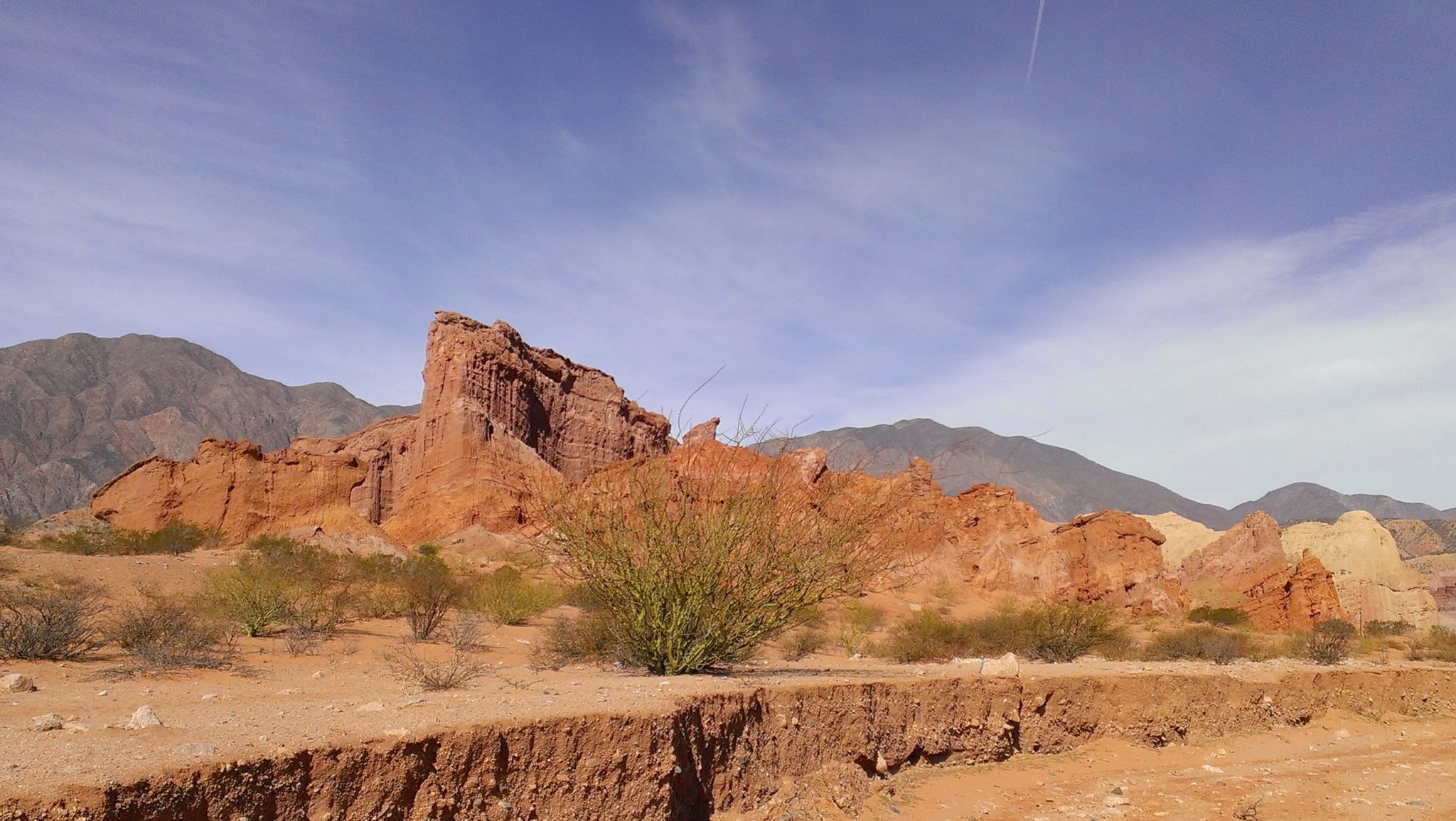

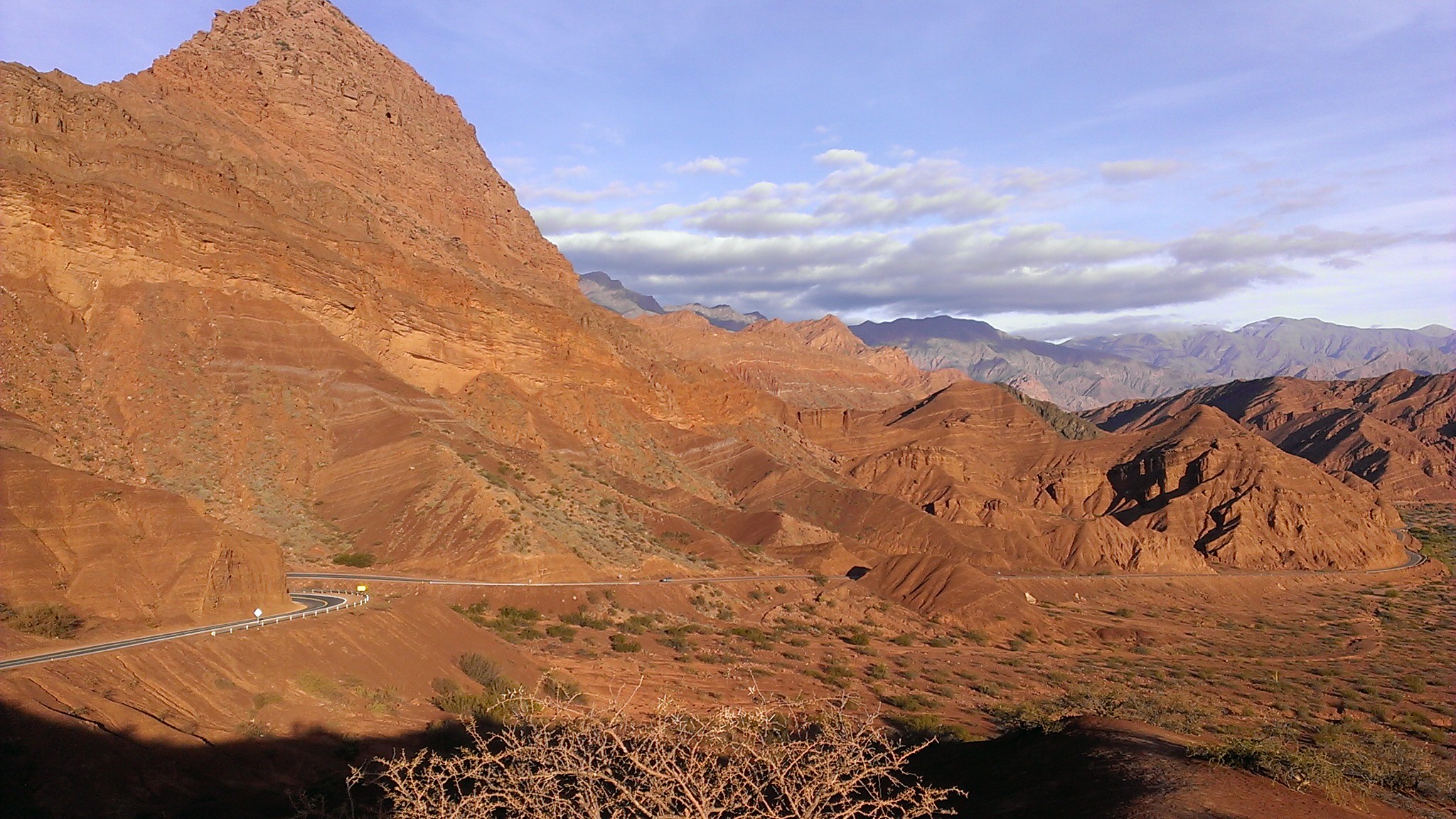
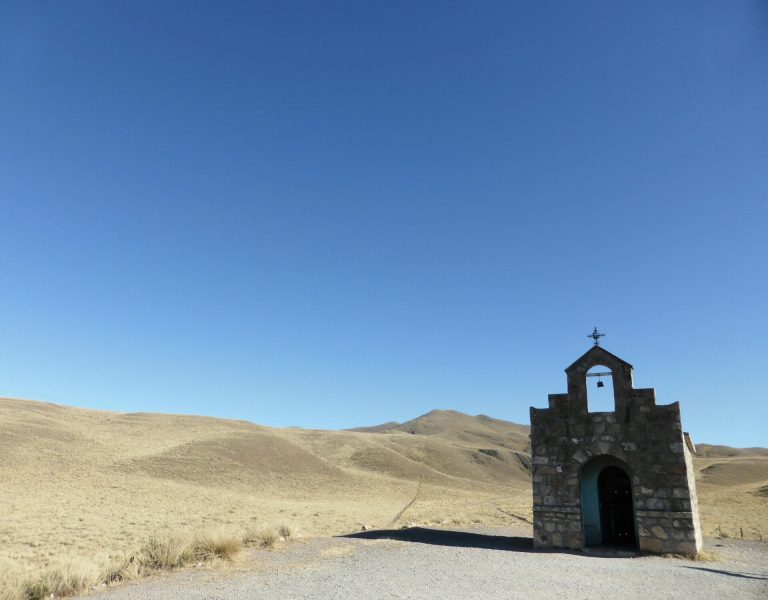
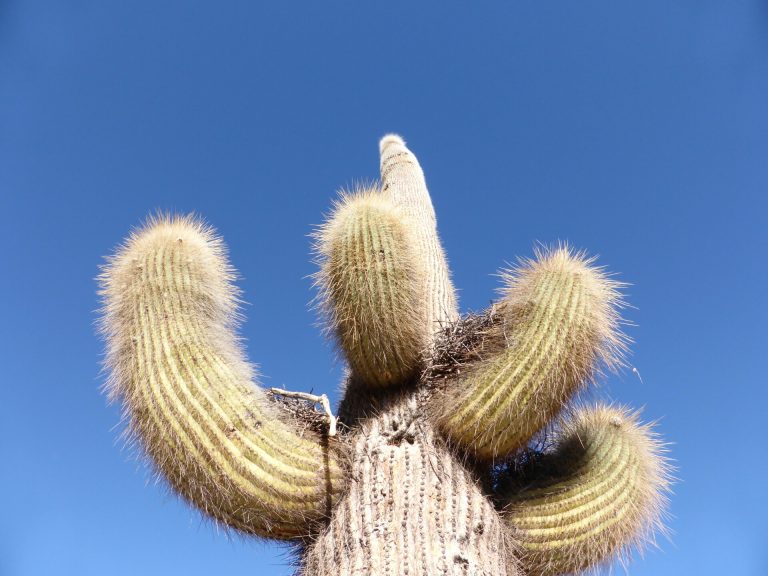
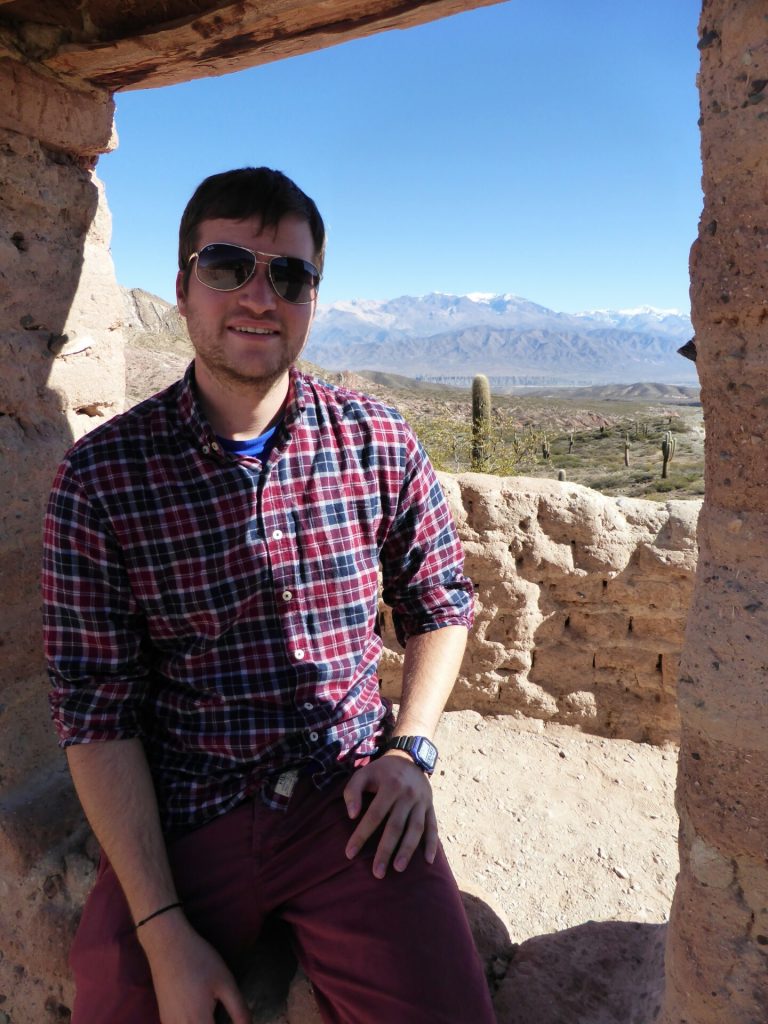
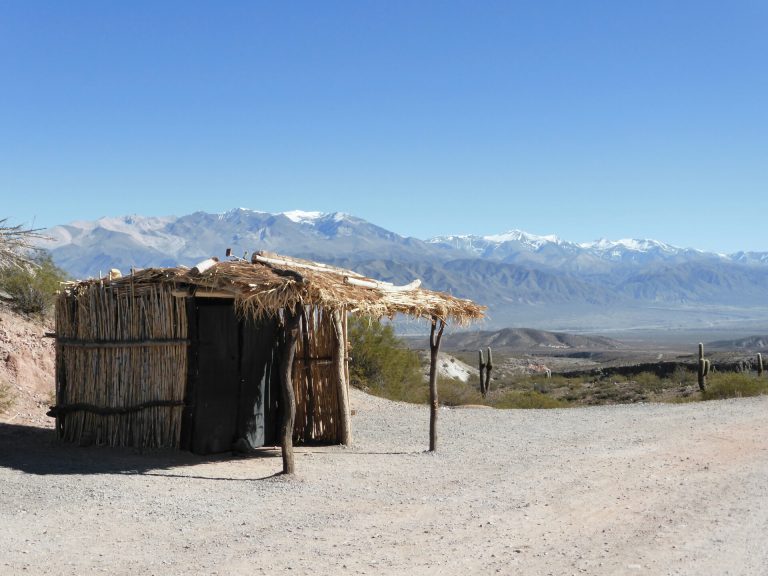
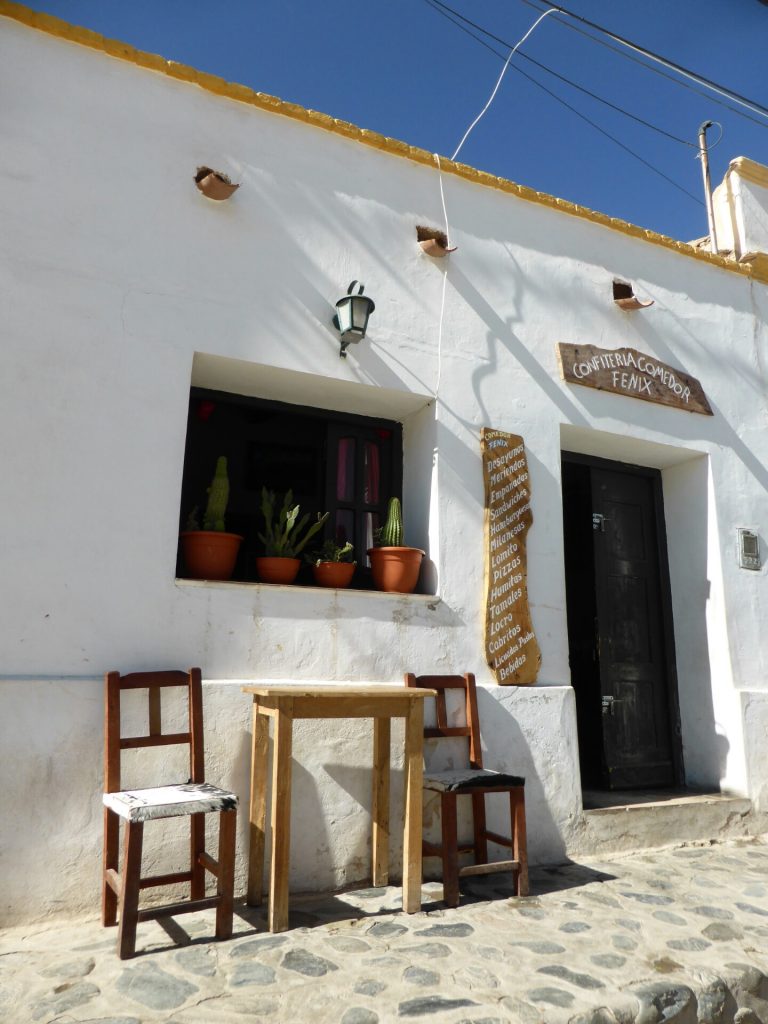
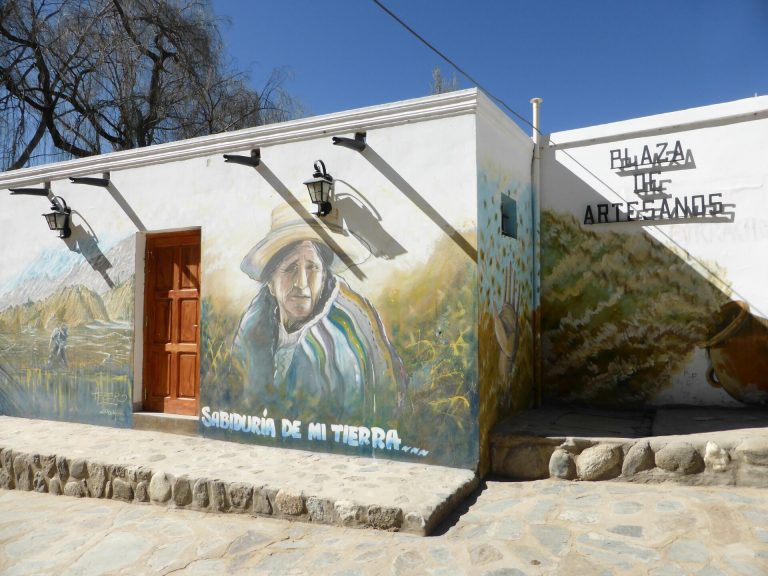
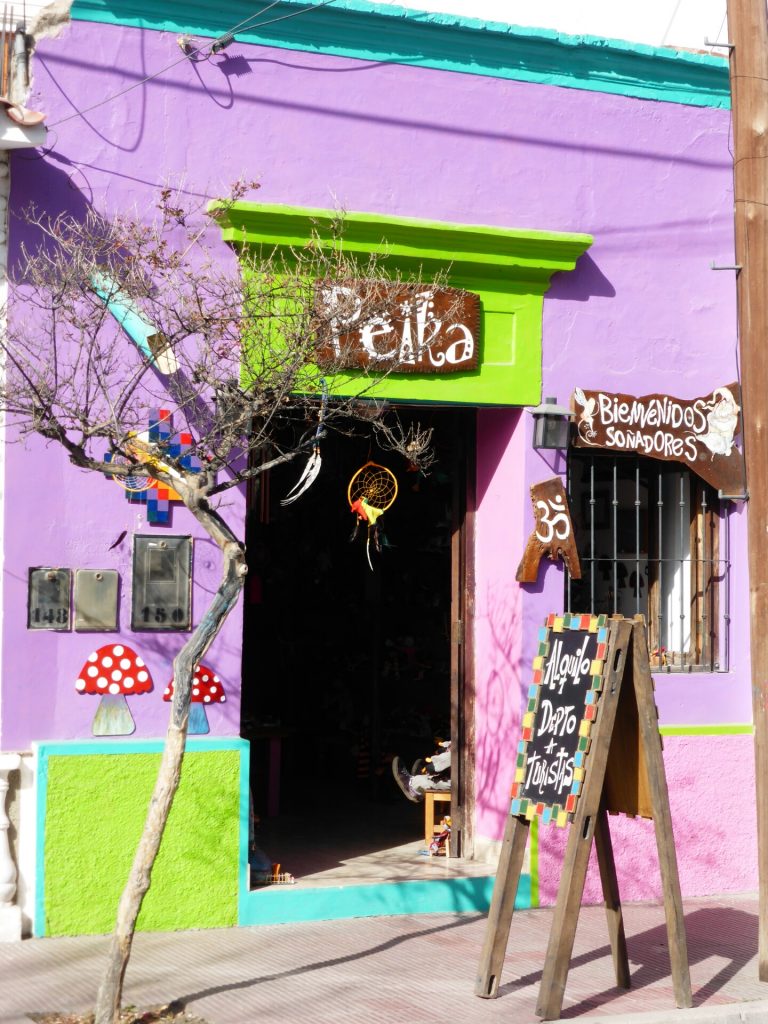
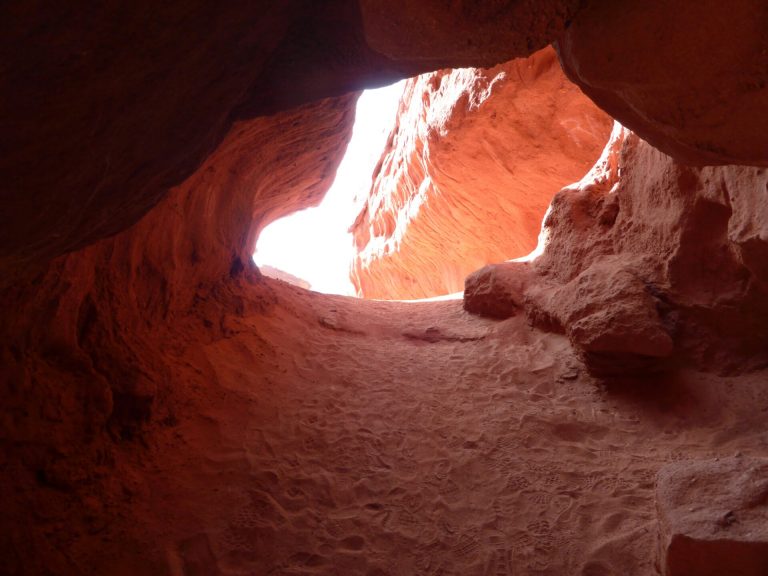
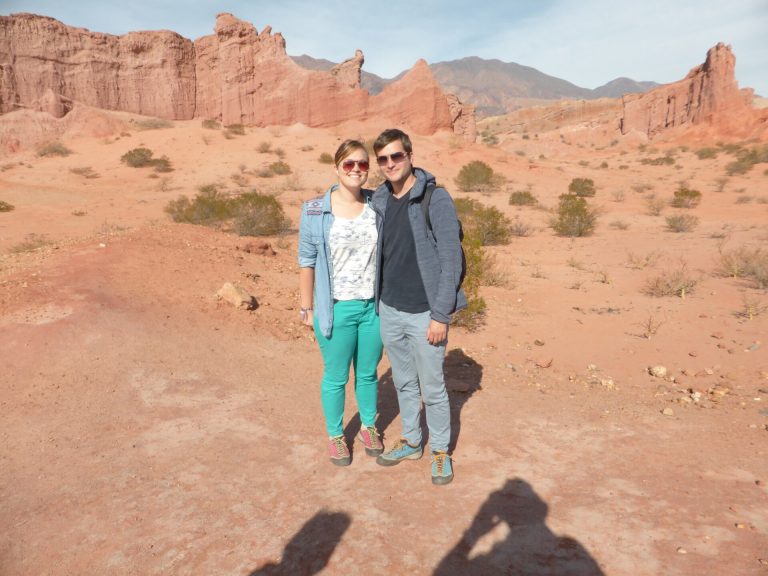
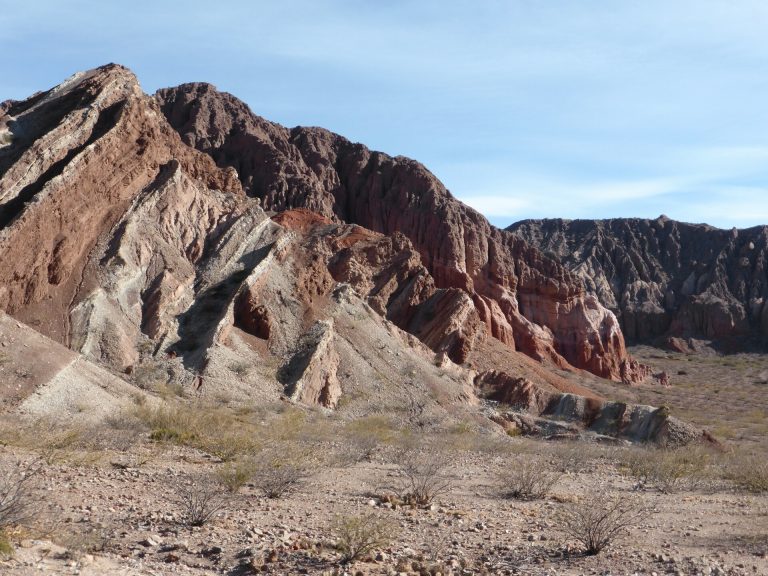
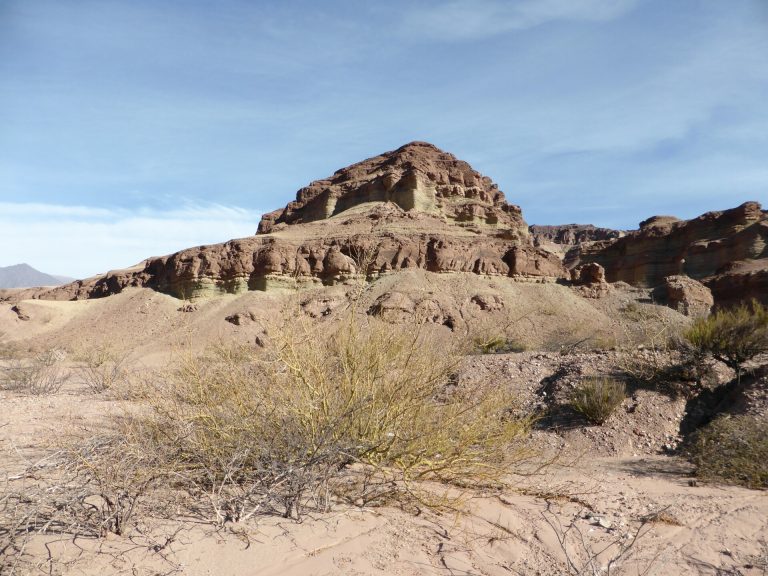
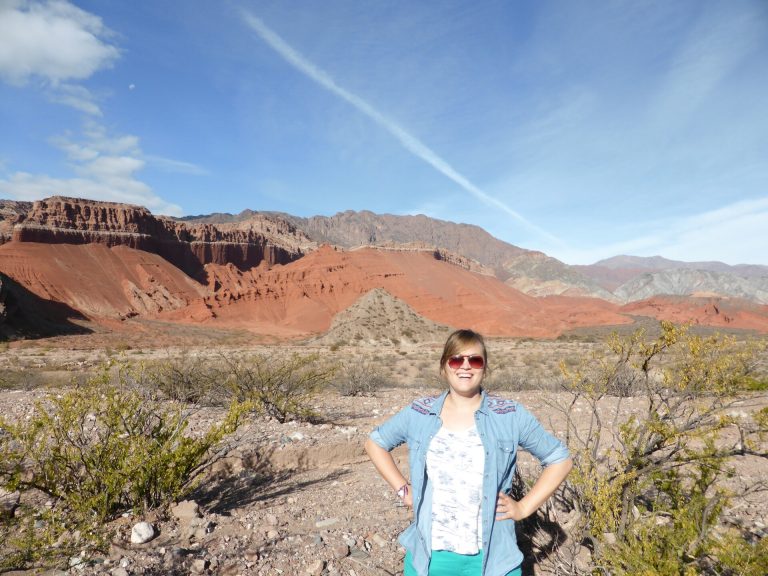
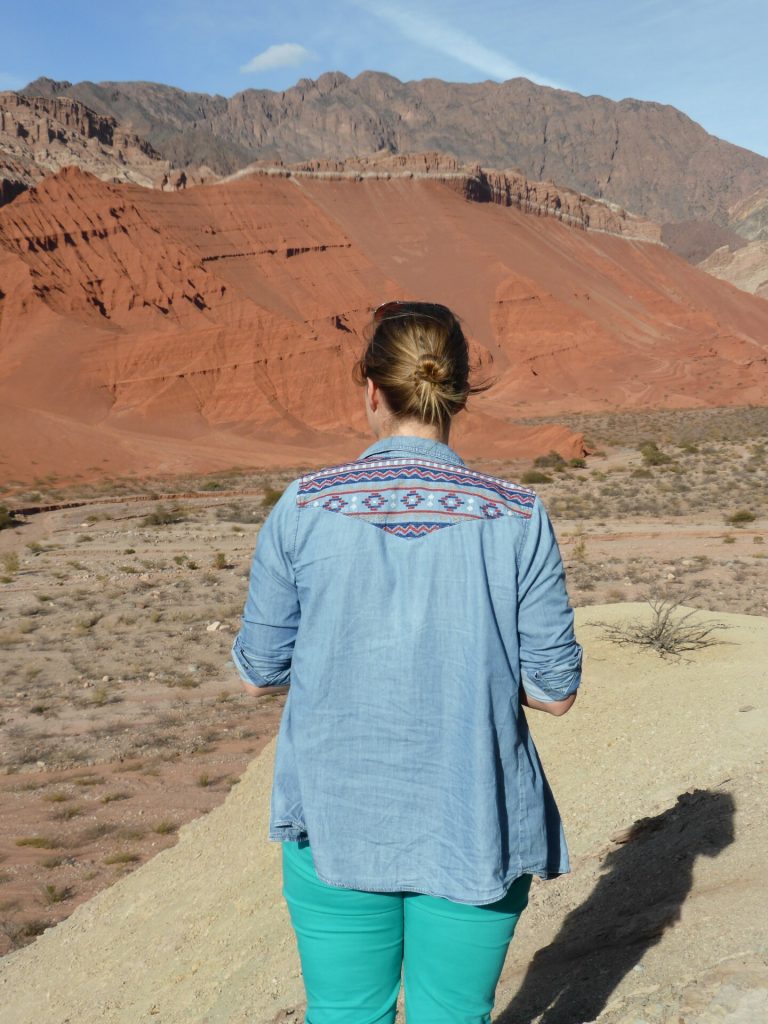
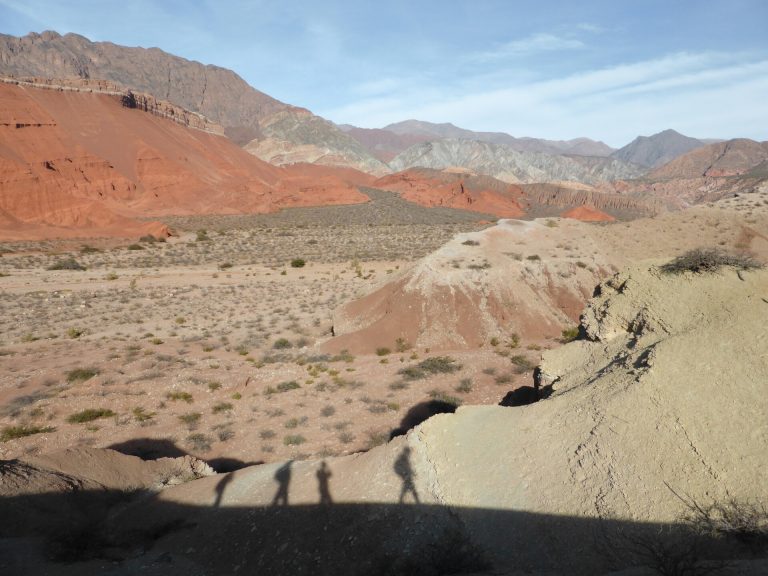
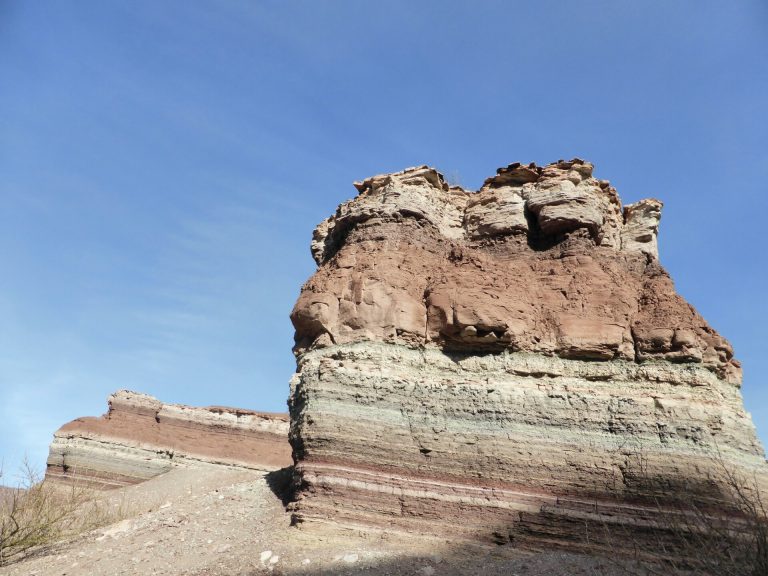
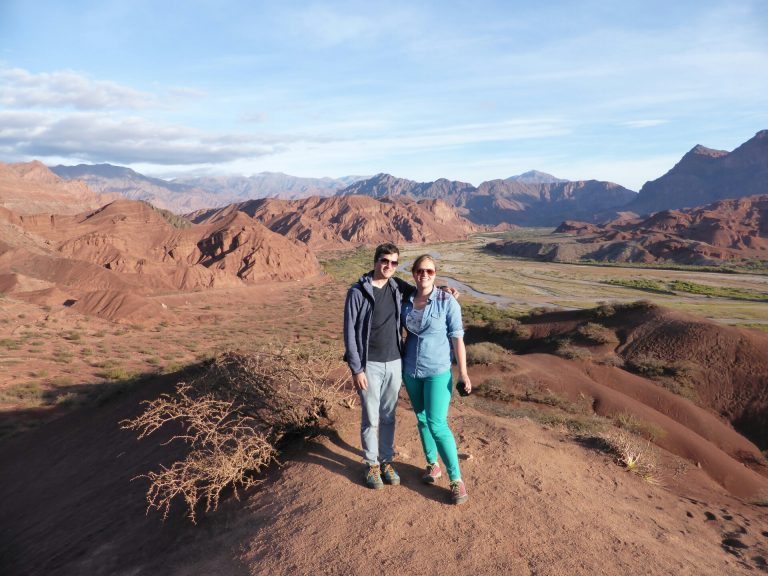
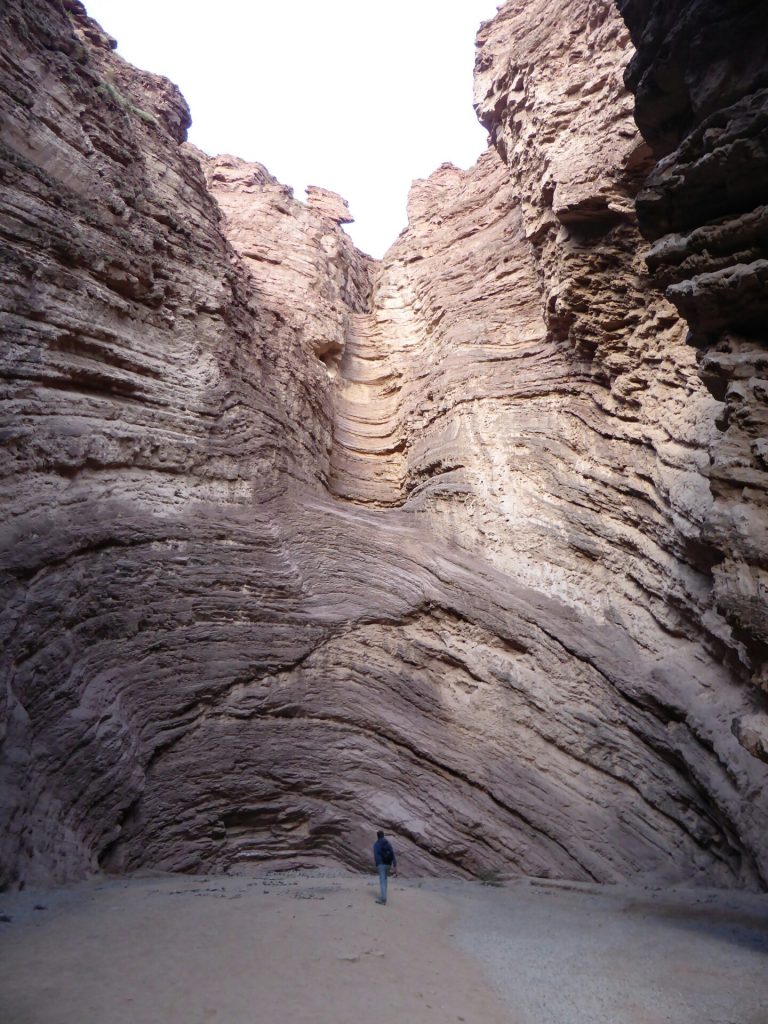
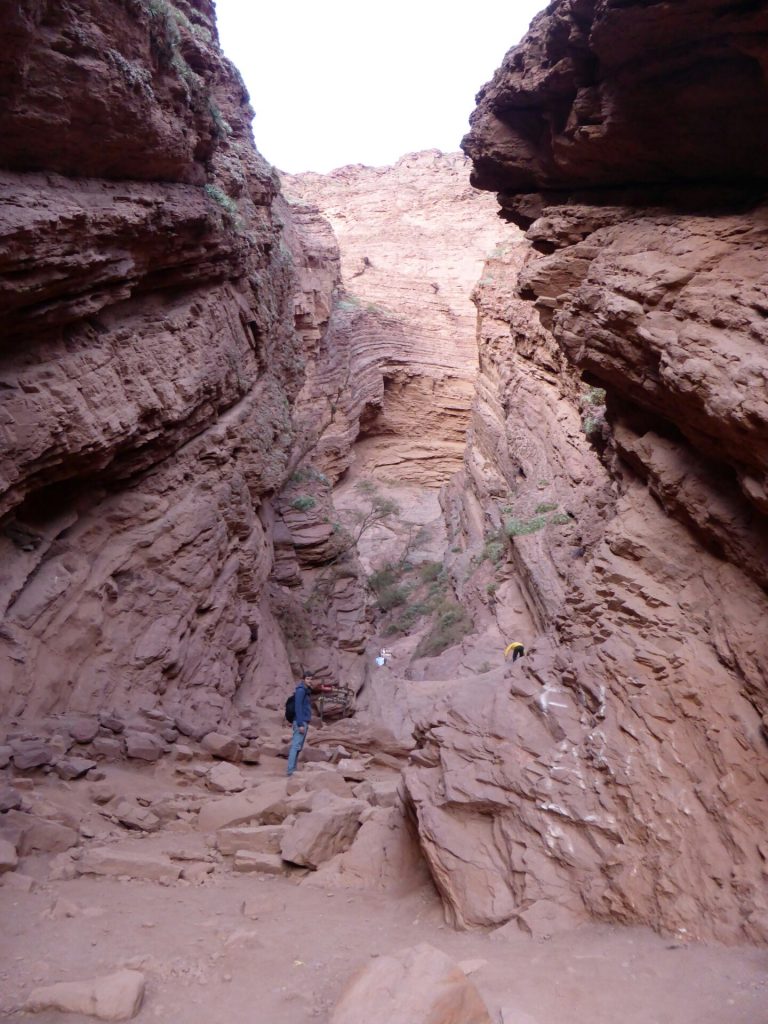
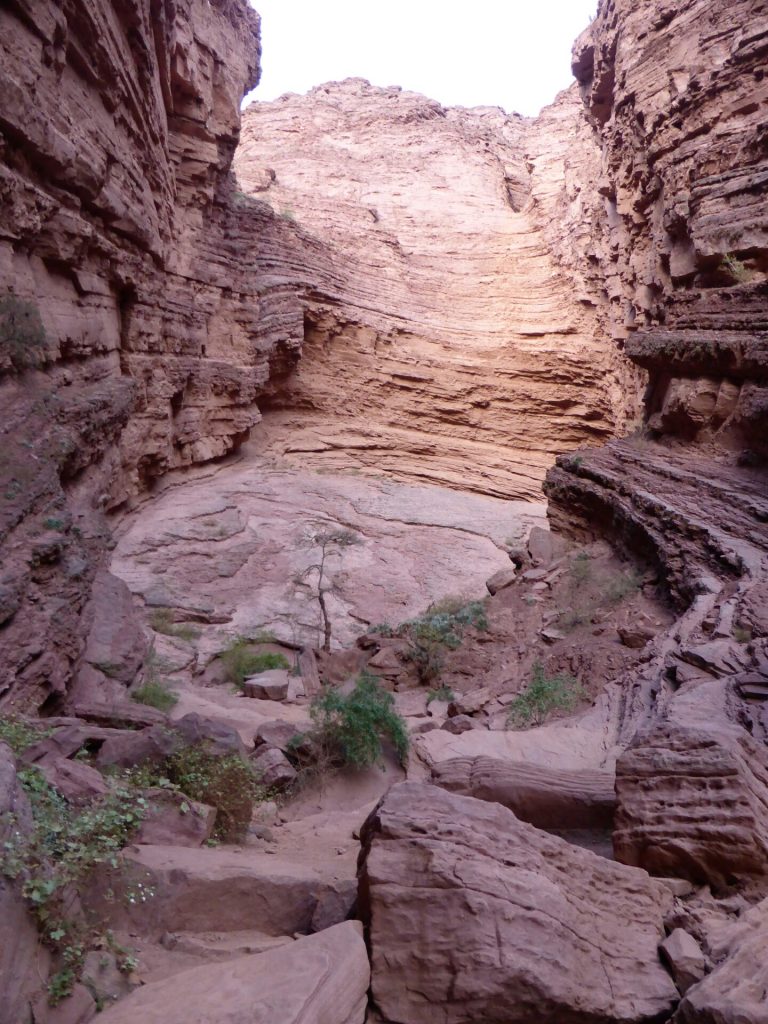
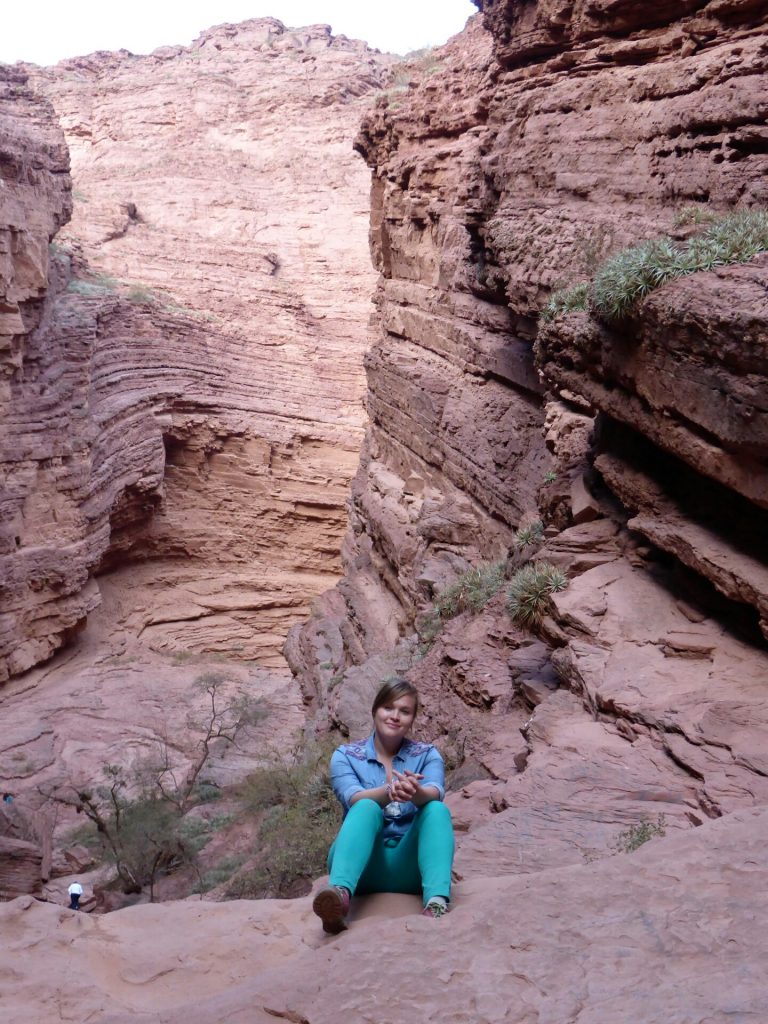
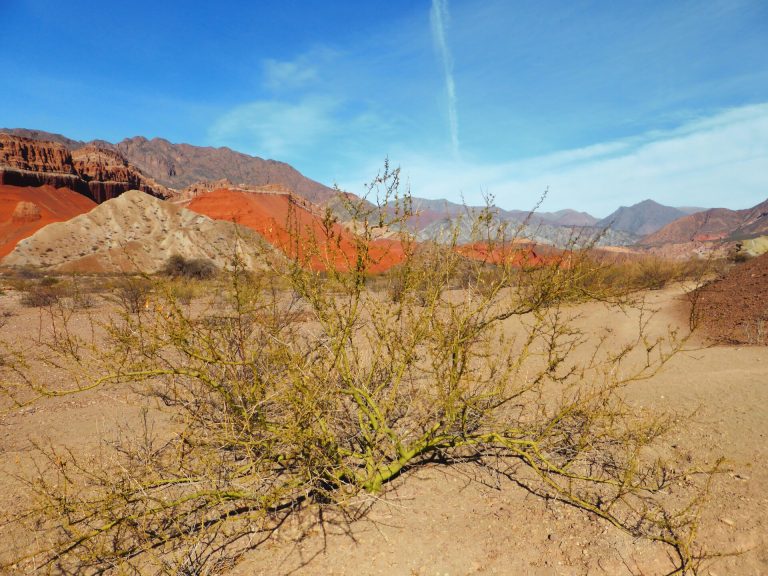
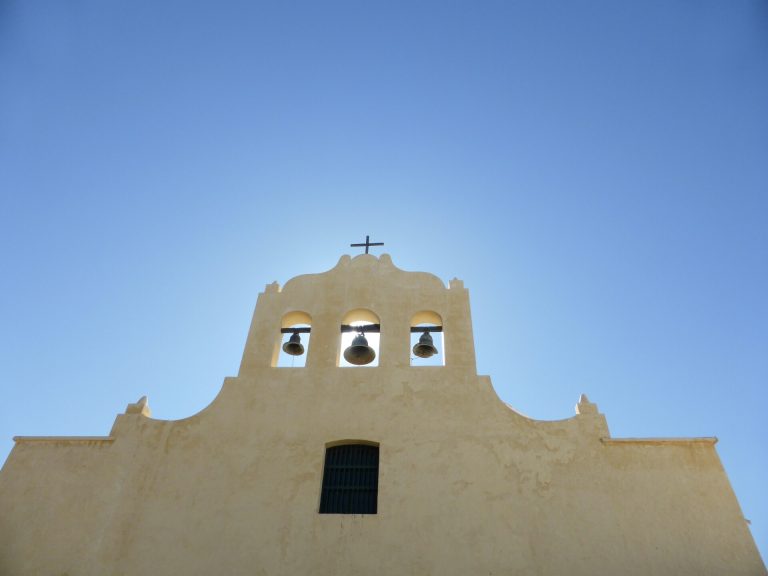

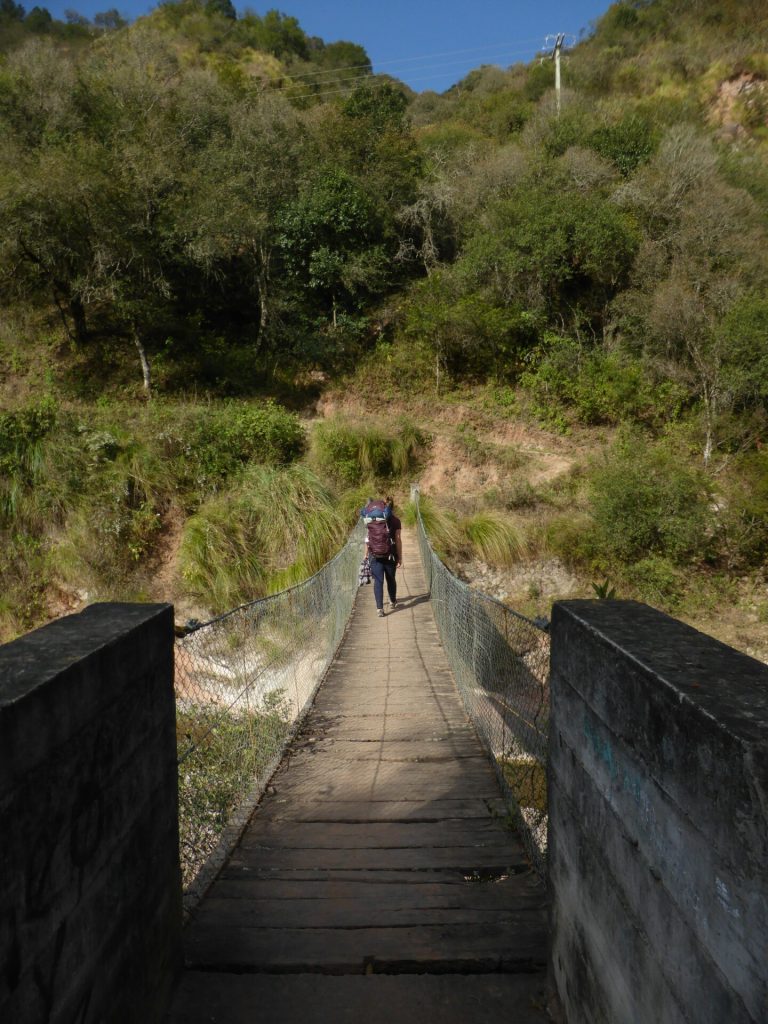
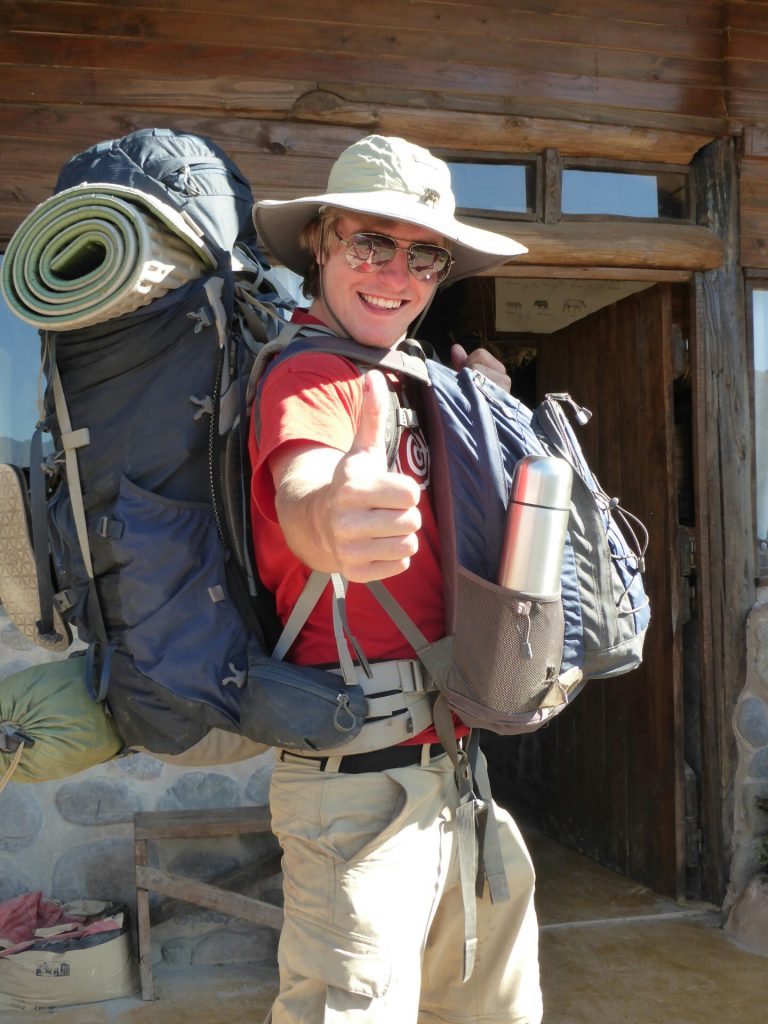
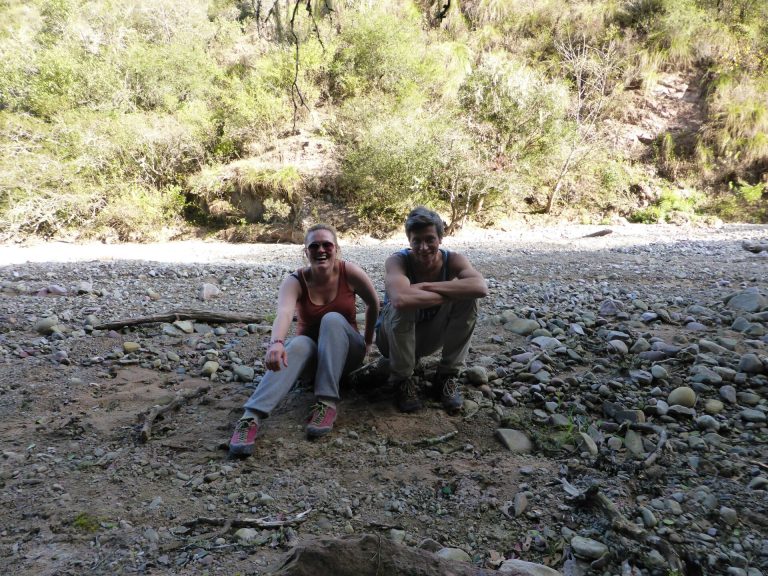
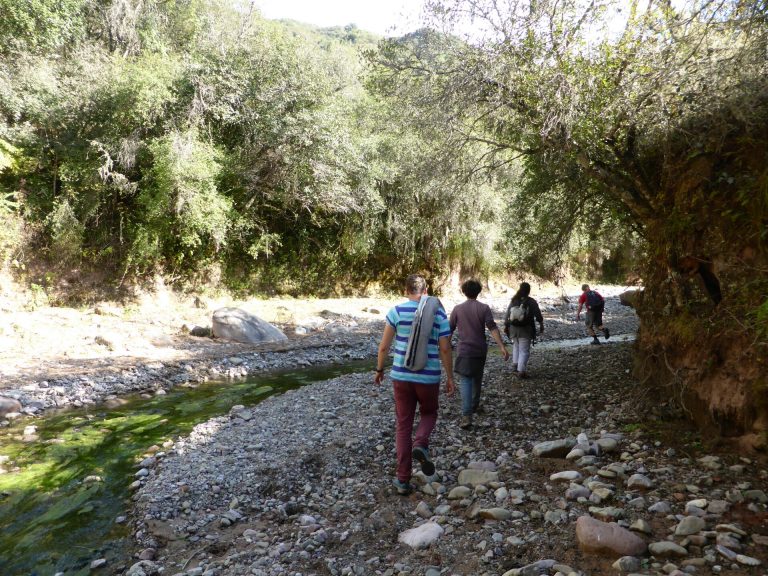
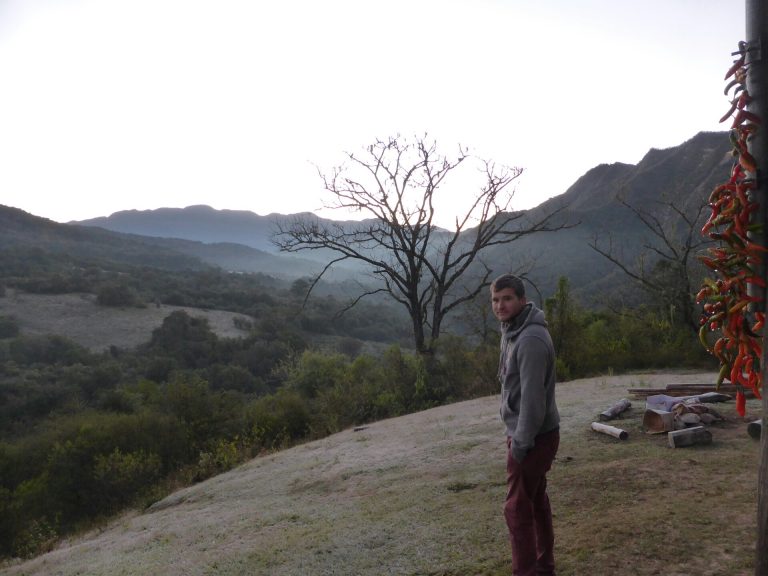
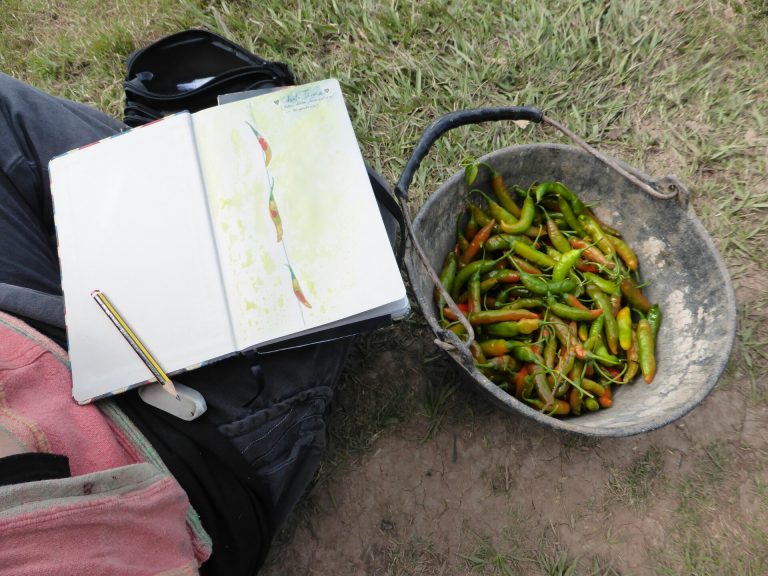
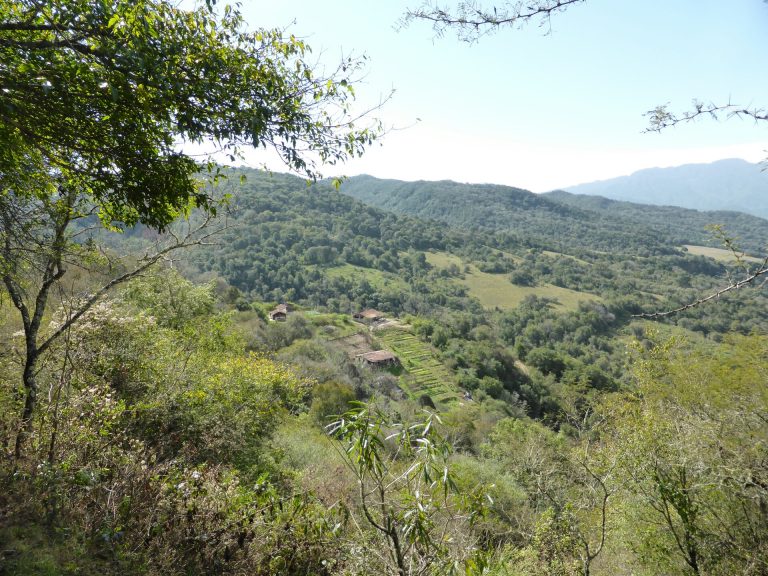
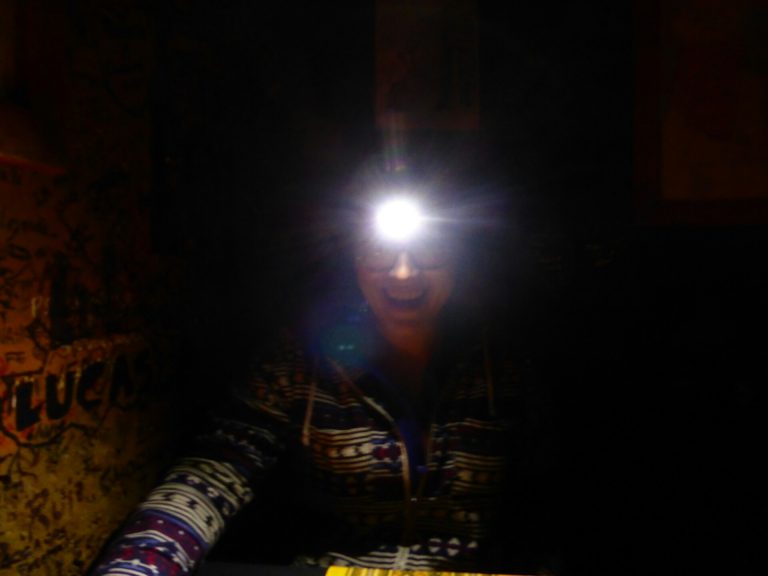
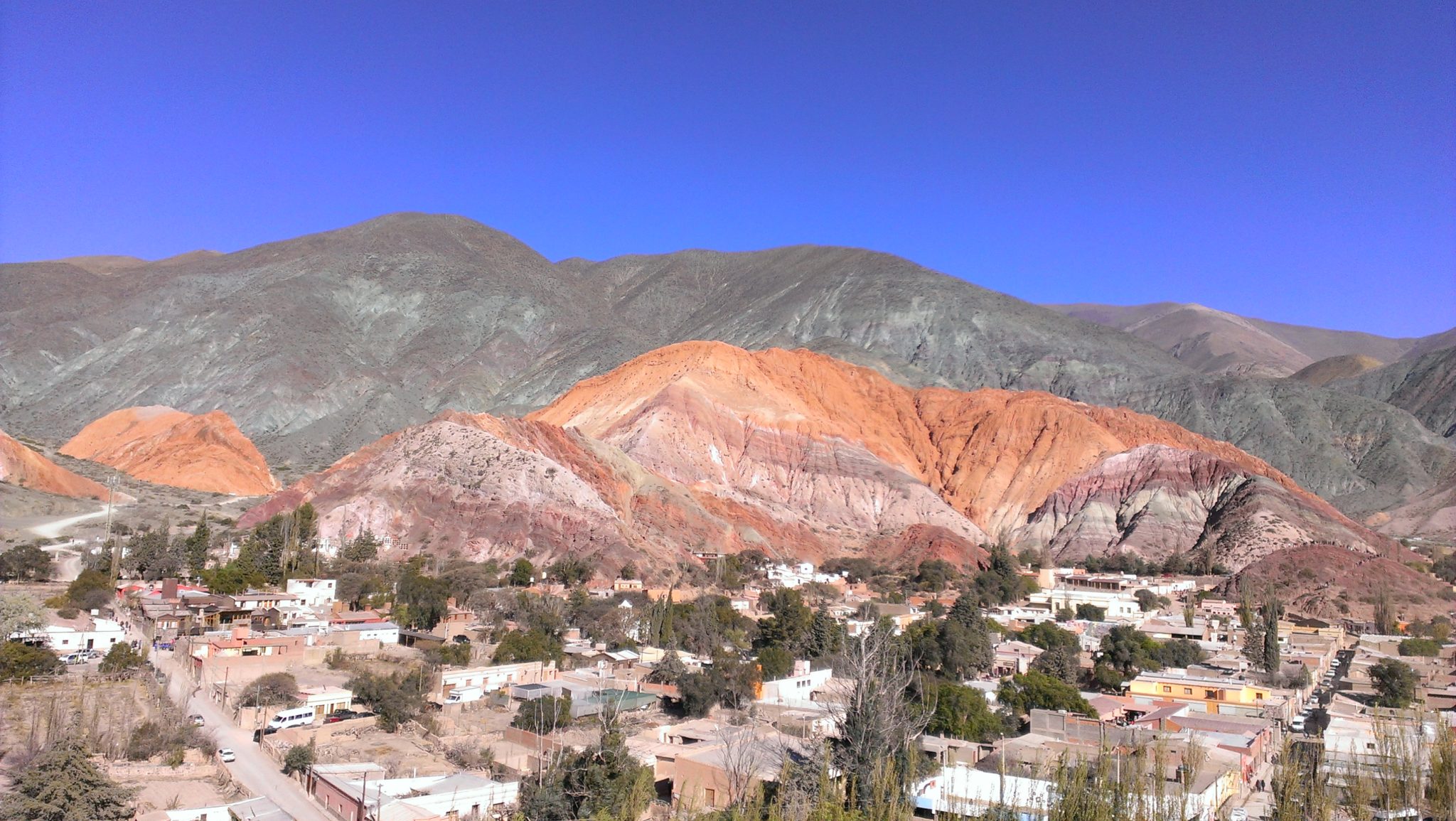
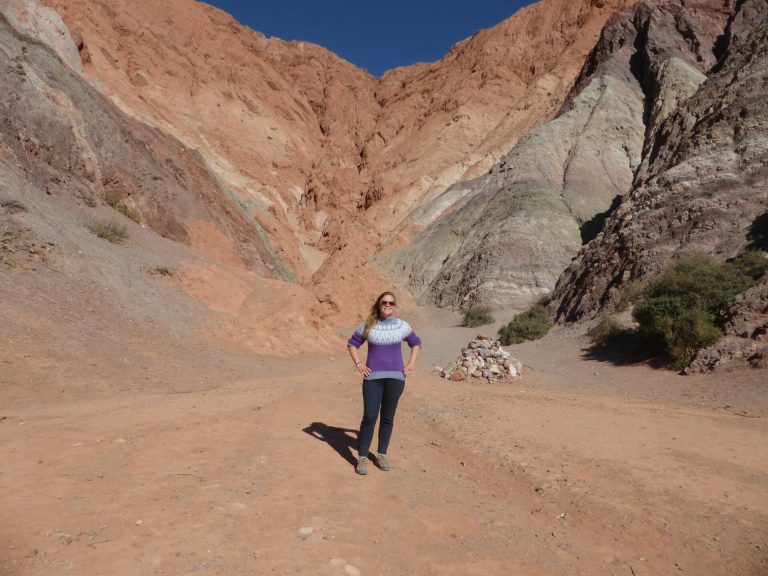
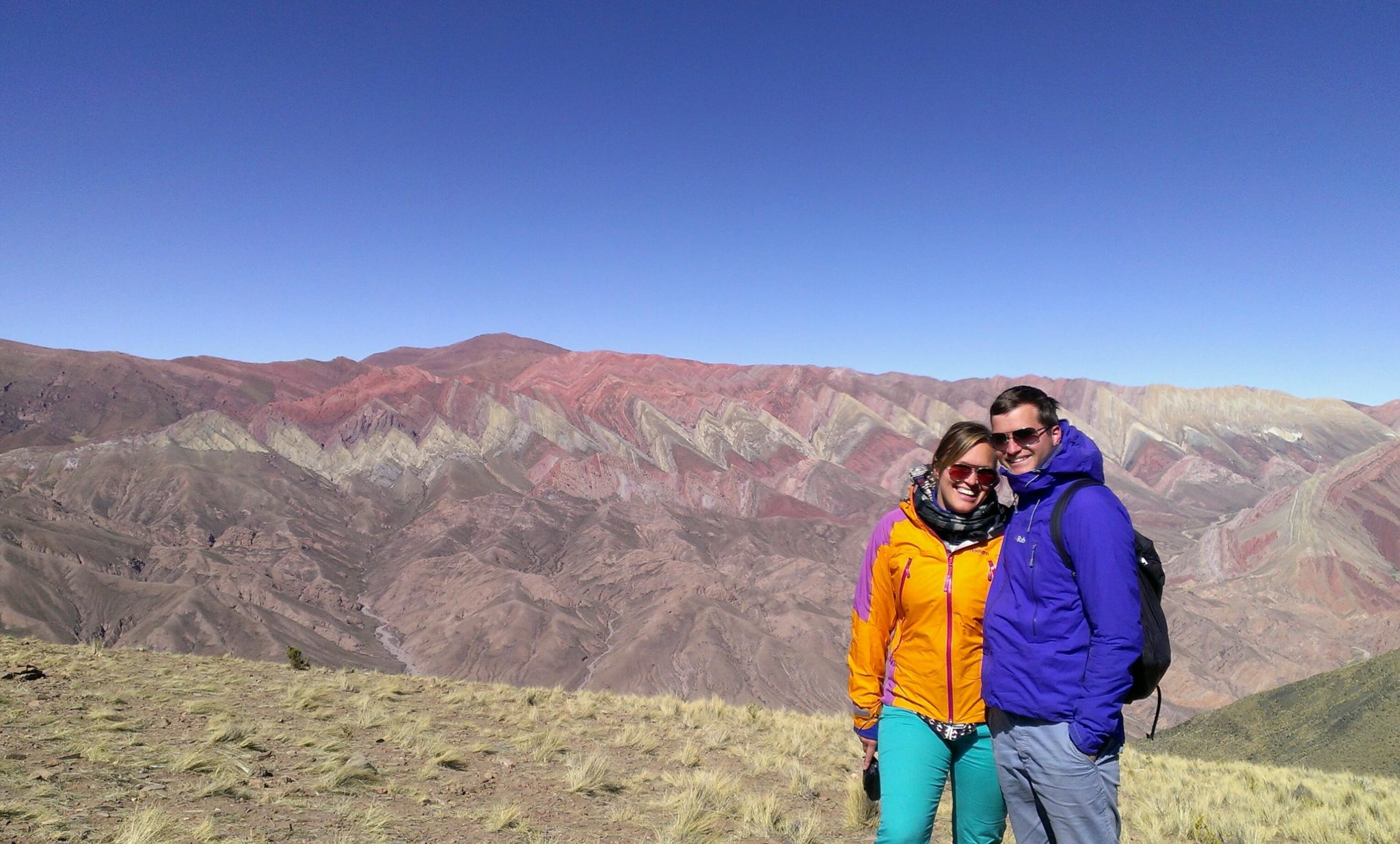
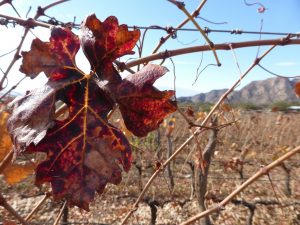
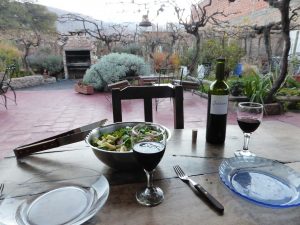 Certainly we didn't come to Cafayate only to hear about wine but also to taste it:) and there are plenty of bidegas in and outside of this beautiful town. Some are nicely situated in fields of grape plants like Finca Quara or Piatelli and some unfortunately are trapped in the centre with their plants far from the sight of a potential client (Bodega Nanni, Bodega Salvador Figueroa). Most of them offer a tasting and tour for which you mostly have to pay a small amount of money. But there was only one which permitted tasting almost everything (total of 12 wines)- bodega Piatelli. Their were obviously our favourites with Finca Quara where we tasted two wines free of charge. Both of them had good wine and both had something even more important love, passion and openness to share their joy and wine:)
Certainly we didn't come to Cafayate only to hear about wine but also to taste it:) and there are plenty of bidegas in and outside of this beautiful town. Some are nicely situated in fields of grape plants like Finca Quara or Piatelli and some unfortunately are trapped in the centre with their plants far from the sight of a potential client (Bodega Nanni, Bodega Salvador Figueroa). Most of them offer a tasting and tour for which you mostly have to pay a small amount of money. But there was only one which permitted tasting almost everything (total of 12 wines)- bodega Piatelli. Their were obviously our favourites with Finca Quara where we tasted two wines free of charge. Both of them had good wine and both had something even more important love, passion and openness to share their joy and wine:)